Small kitchens present unique challenges, but with thoughtful solutions, every inch can be maximized for both function and style. From harnessing vertical real estate with wall-mounted systems to cleverly organizing hidden nooks, these twenty ideas draw on expert advice and real-world examples to help you declutter, streamline workflows, and elevate your cooking experience. Whether you’re renting or a homeowner, low-cost hacks like tension rods under the sink and slim drawer baskets pair nicely with investment pieces such as custom pull-out racks. Integrating open and concealed storage—spanning shelving, hooks, dividers, and risers—ensures that essentials stay within reach without overwhelming your space. Let’s explore each strategy in detail.
1. Wall-Mounted Rails and Shelves
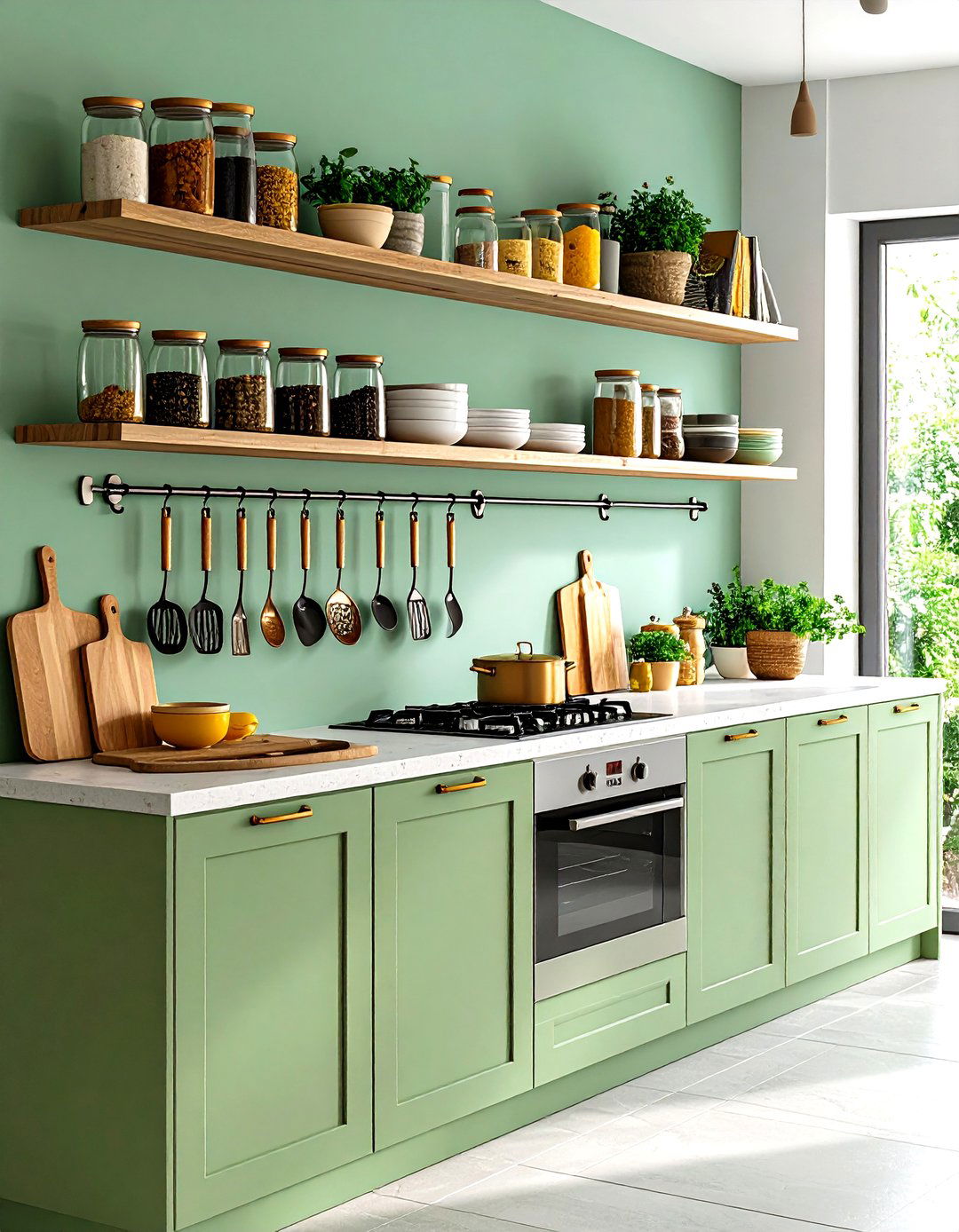
Installing rails or shallow shelves on kitchen walls frees up valuable countertop space by moving frequently used items off the work surface and into easy reach. These systems can accommodate hanging hooks for pots, pans, and utensils, as well as open shelving for spices, jars, or cookbooks, creating both functional storage and a decorative focal point. By customizing rail layouts with modular accessories—such as utensil holders and shelf brackets—you tailor the arrangement to fit your workflow and kitchen style.
2. Ceiling Hooks for Pots and Pans

Hanging cookware from ceiling-mounted hooks draws the eye upward and preserves cabinet space for other essentials. This approach is particularly effective over islands or peninsulas where vertical clearance allows for suspended racks. By storing heavy items overhead, you free lower cabinetry and counters for prep zones, while creating a restaurant-style aesthetic that showcases your best pans. Ensure proper ceiling anchoring and use sturdy hardware rated for the weight to maintain safety and stability.
3. Magnetic Knife Rack on the Wall
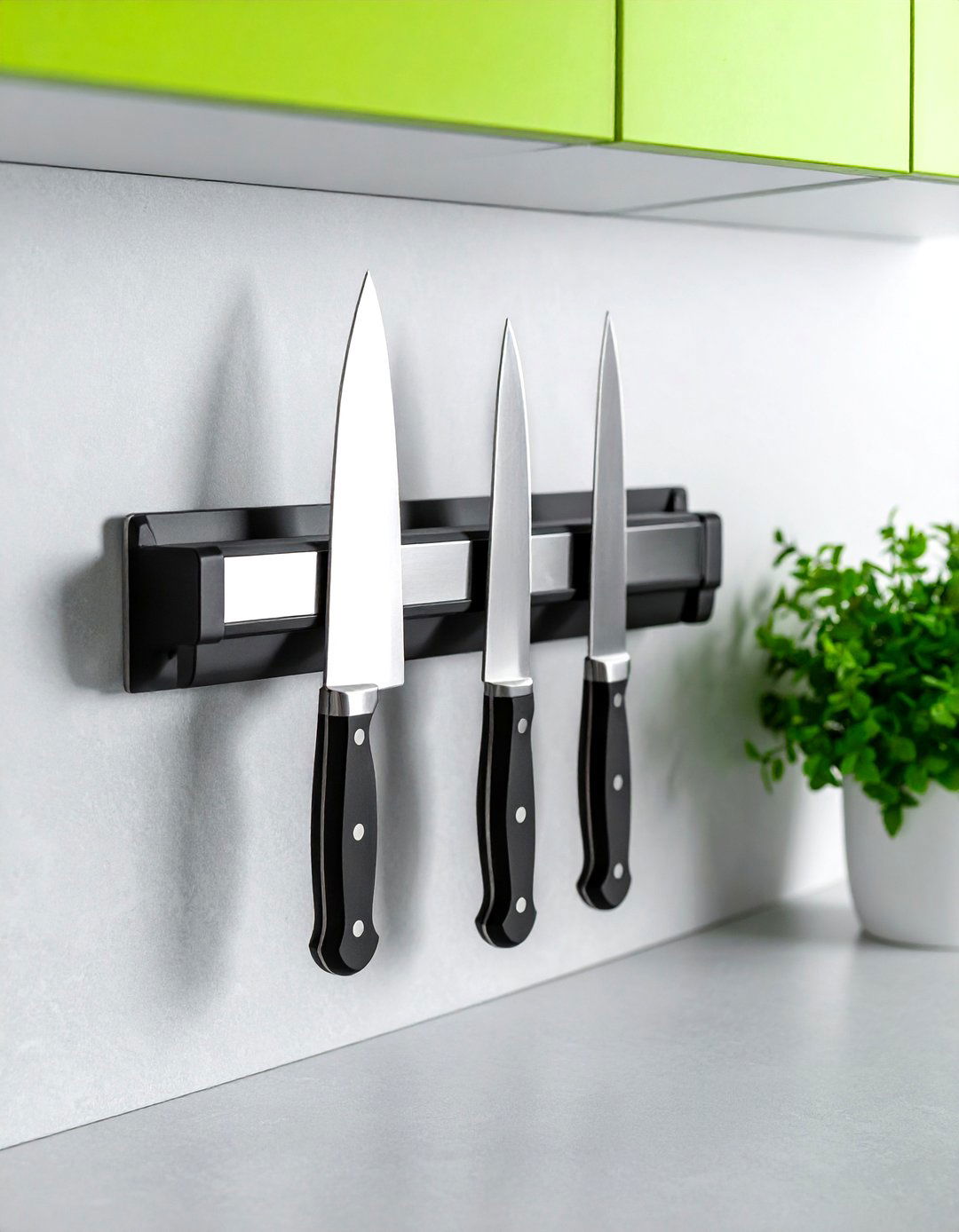
A magnetic knife strip affixed to the wall keeps blades accessible, clear, and organized without sacrificing drawer space. Position the rack near your main prep area to streamline chopping tasks and reduce countertop clutter. Magnetic systems come in stainless steel or wood finishes, complementing various kitchen designs while securely holding knives of different shapes and sizes. This solution also prolongs blade life by preventing contact with other utensils, unlike loose drawer storage.
4. Pull-Out Spice Rack
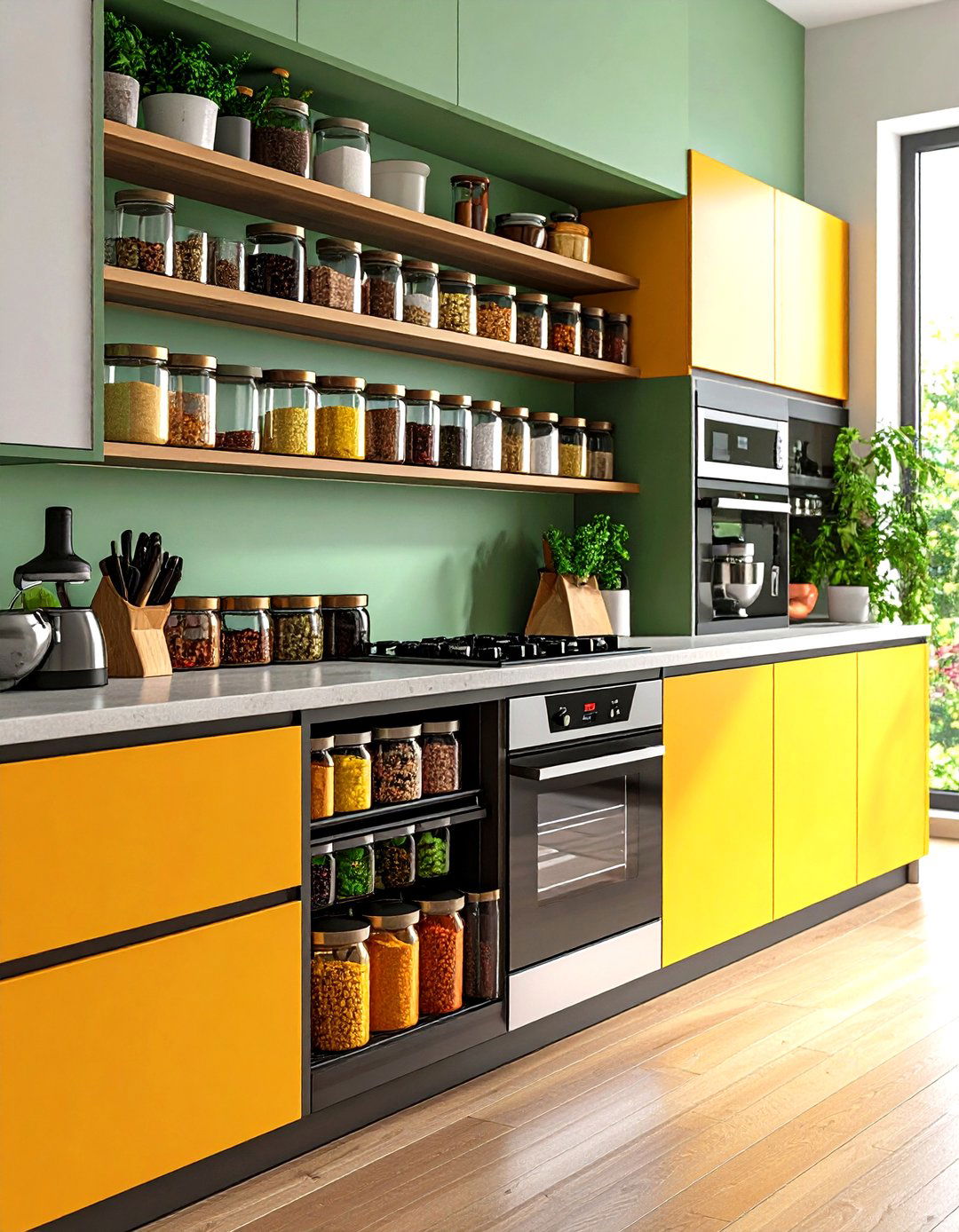
Narrow pull-out racks fitted between appliances or beside cabinets offer an elegant home for spice jars and seasoning packets. These racks utilize slim vertical spaces that often go unused—like the gap beside a refrigerator or oven—and bring your spices forward with a simple slide motion. Label jars uniformly to enhance visibility, and group by cuisine or frequency of use to expedite cooking prep and minimize time spent searching for ingredients.
5. Lazy Susans in Cabinets and Pantries
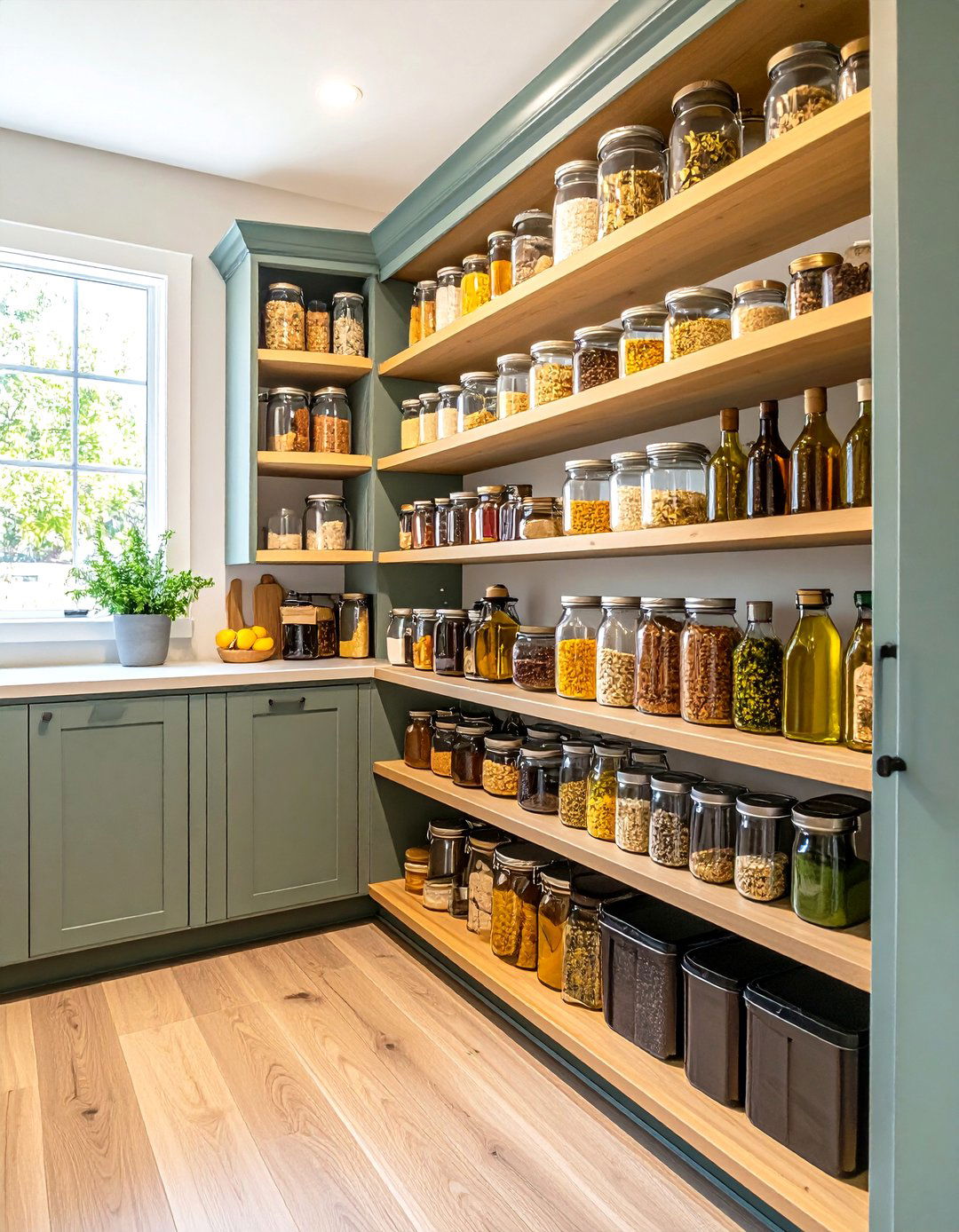
Lazy Susans are rotating trays that grant full access to items stored deep in corner cabinets or pantries. By placing these turntables in lower or upper corner spaces, you prevent items from getting lost in the back and ensure every jar, bottle, or can is just a flick away. Available in various diameters and materials—plastic, wood, or metal—lazy Susans are a simple retrofit that boosts accessibility without permanent installation. They also work well for organizing baking supplies, oils, and condiments in groupings.
6. Acrylic Cabinet Shelf Risers
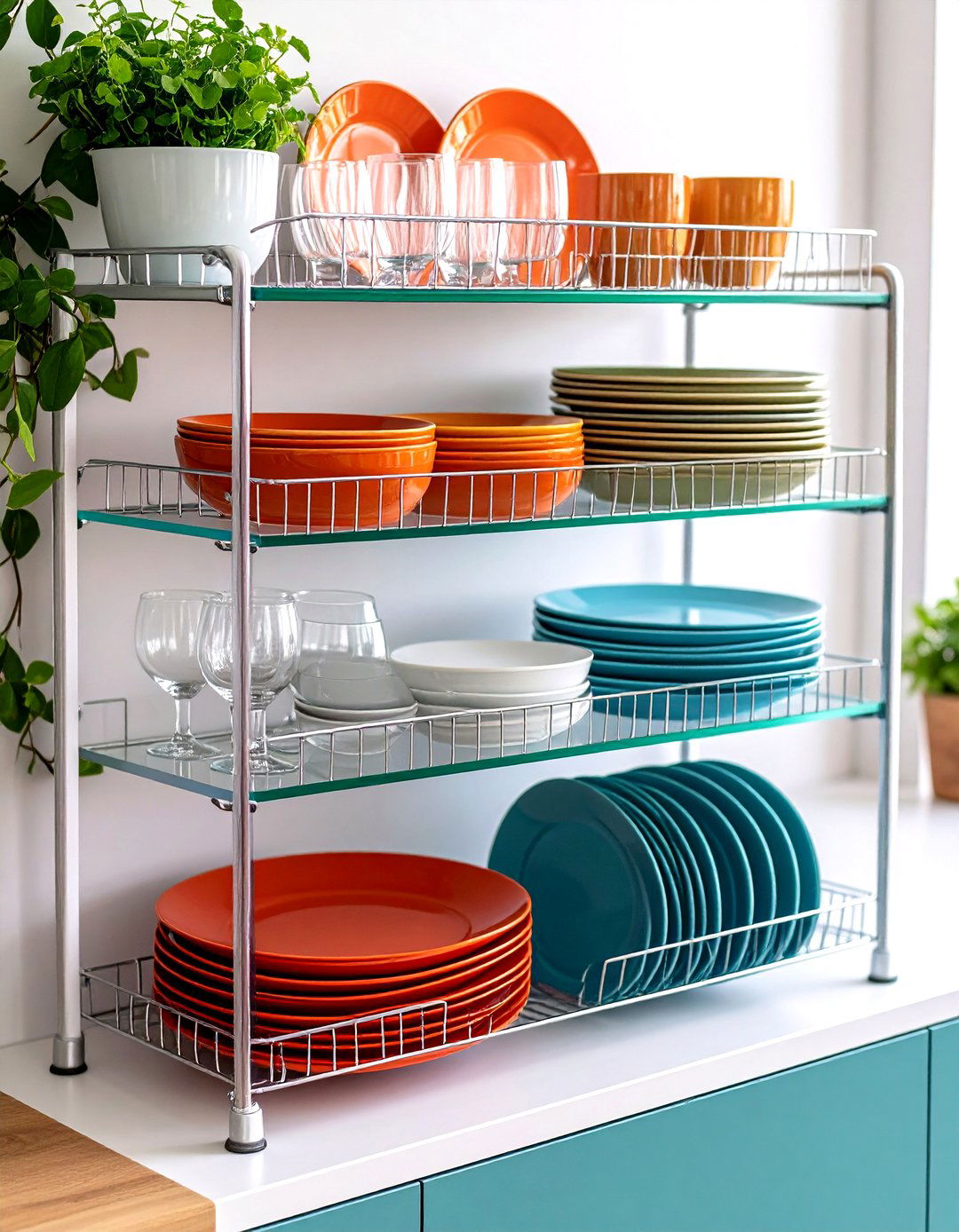
Acrylic risers add an extra tier inside cabinets, effectively doubling the surface area for dishes, mugs, or glassware. Their transparency maintains a clean, airy look while supporting heavy items without warping. Position risers above stacks of plates or bowls to create dedicated zones for different dishware types, keeping everything visible and within arm’s reach. Because acrylic is moisture-resistant, these risers are well-suited to kitchen environments prone to splashes and humidity.
7. Slim Slotted Drawer Baskets

Slim slotted baskets, such as affordable finds from discount stores, fit snugly into kitchen drawers to separate cutlery, utensils, and gadgets. These baskets typically measure around 10.5 × 2.5 × 4.5 inches, making them versatile for standard drawers and easy to clean. By grouping items—measuring spoons, garlic press, thermometer—in dedicated compartments, you avoid the “junk drawer” syndrome and transform clutter into curated storage that’s both practical and budget-friendly.
8. Under-Sink Tension Rod for Spray Bottles
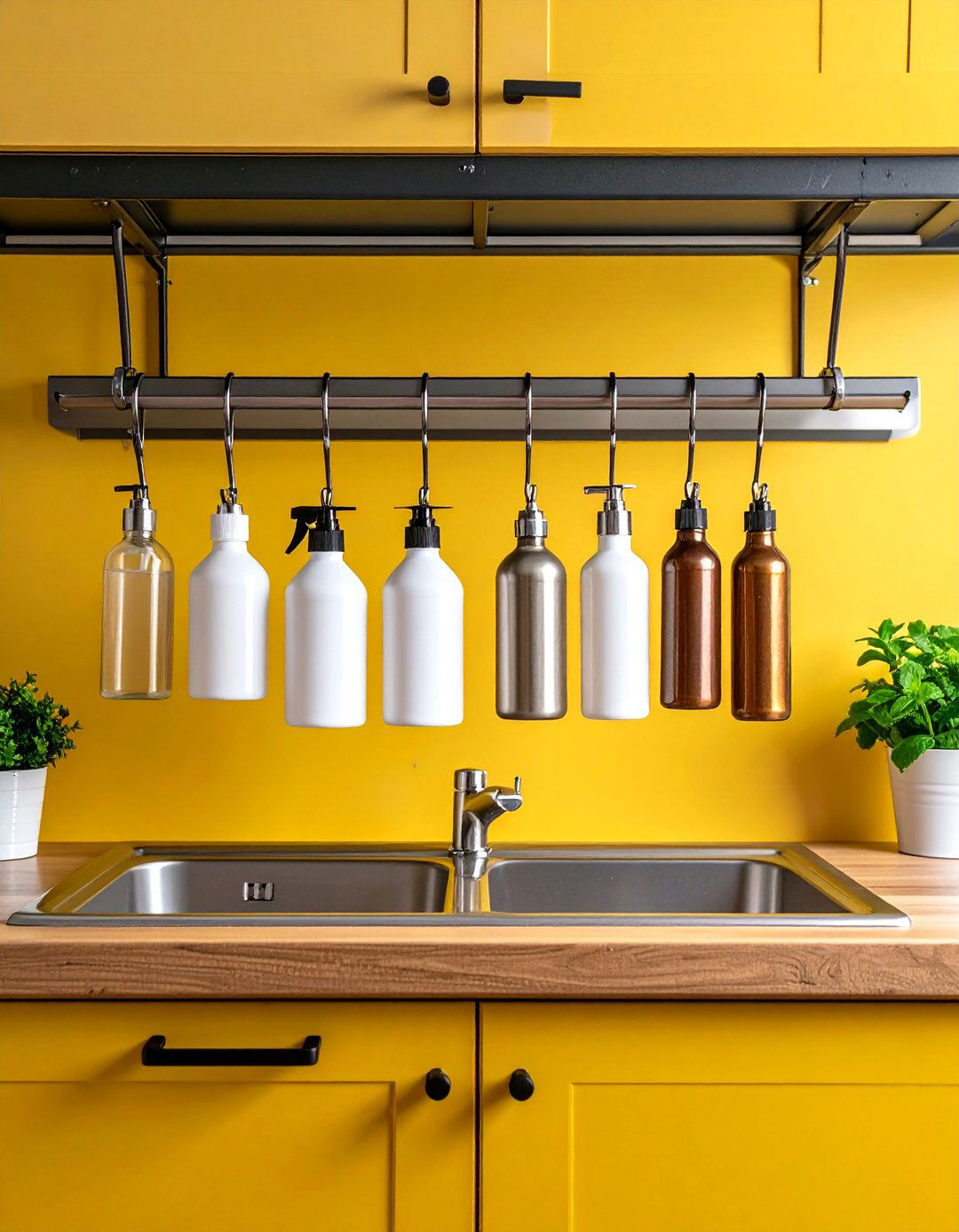
A simple tension rod installed under the sink provides a hanging solution for spray bottles, freeing the cabinet floor for bulkier items and baskets. Slide the rod between the cabinet walls just above the water pipes, then hang bottles by their triggers to keep them upright and accessible. This hack costs under $10, involves no drilling, and works in rental properties where permanent modifications aren’t allowed. It also prevents bottles from tipping and leaking on stored sponges or brushes.
9. Under-Cabinet Hooks for Mugs
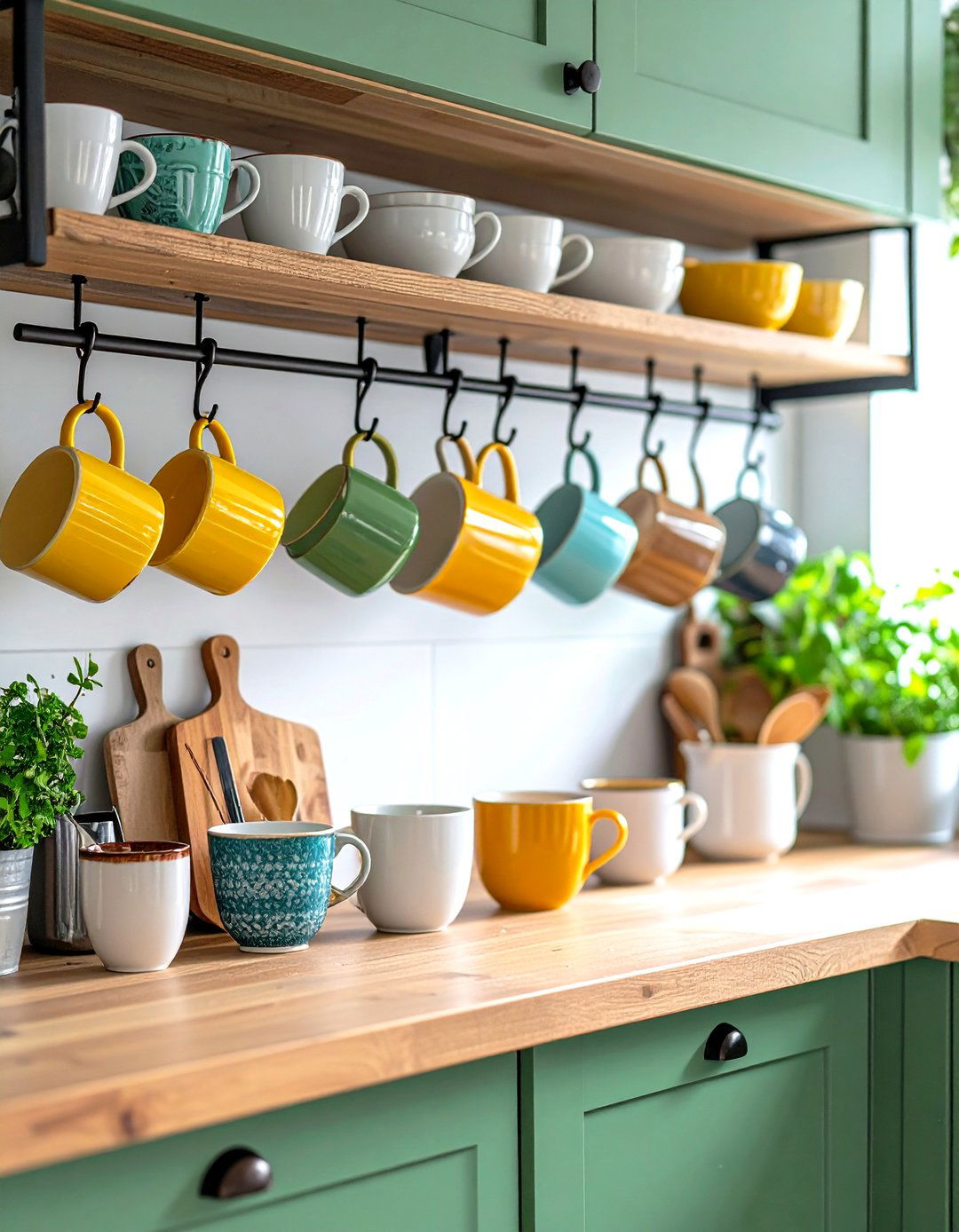
Mount S-hooks or small peg racks beneath upper cabinets to hang coffee mugs and teacups by their handles. This frees shelf space for dishes and bowls, while keeping everyday drinkware at hand. Choose hooks that slide onto existing cabinet hardware or adhesive mounts for a no-damage installation. Arranging mugs in a row beneath a cabinet creates a charming display that doubles as functional storage, perfect for small kitchens seeking decorative yet practical touches.
10. Utilize the Oven Drawer for Pots and Pans
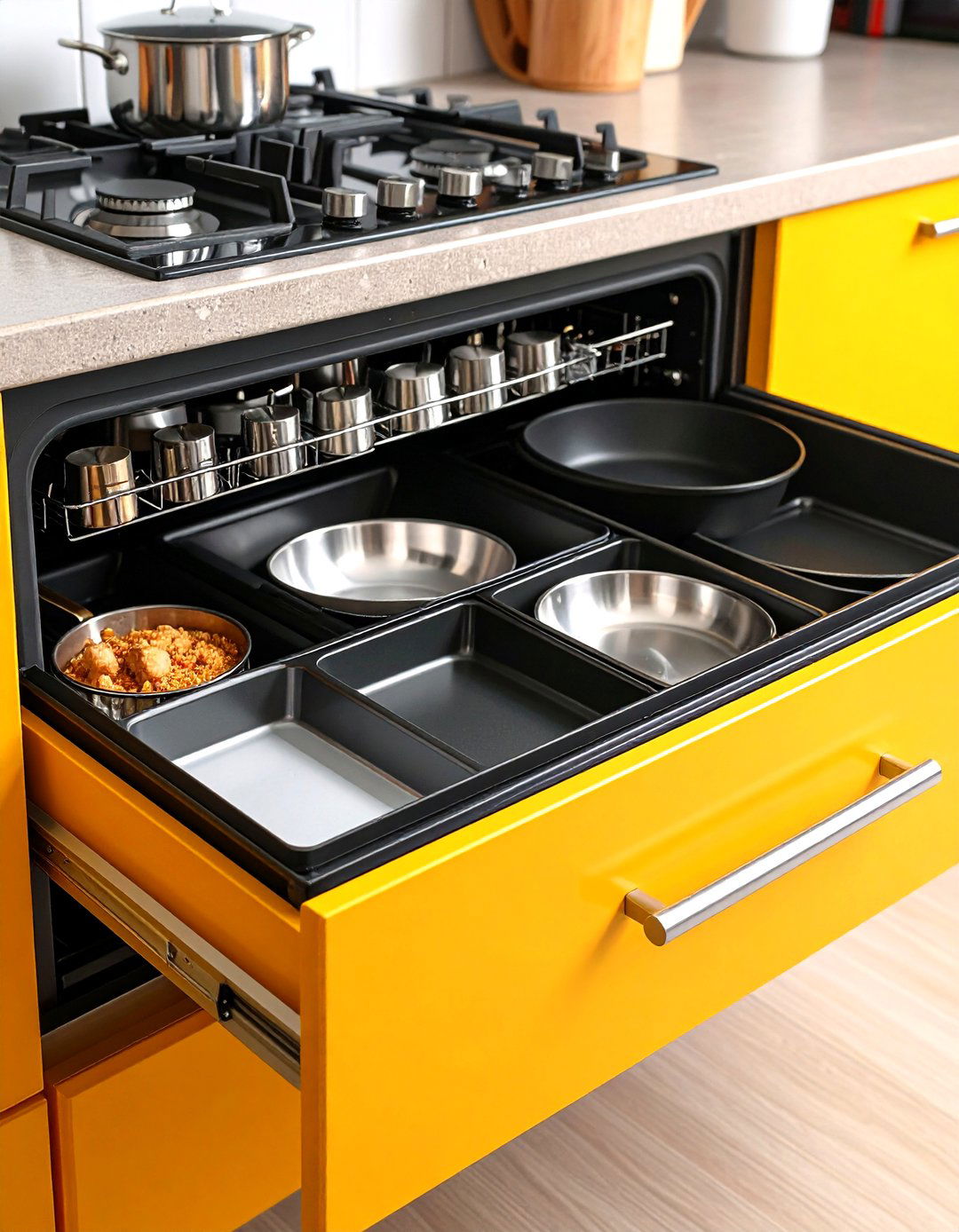
The drawer beneath many ovens is an underutilized nook ideal for nesting pots, pans, and baking sheets. Line the drawer with a non-slip liner to protect the finish and prevent noise when sliding items in and out. Nest similar-sized cookware to conserve space and consider inserting dividers or racks to separate lids from pans. This approach transforms an often-ignored drawer into a purposeful storage zone, keeping cookware centralized near its point of use.
11. Snack Drawer with Bins and Dividers
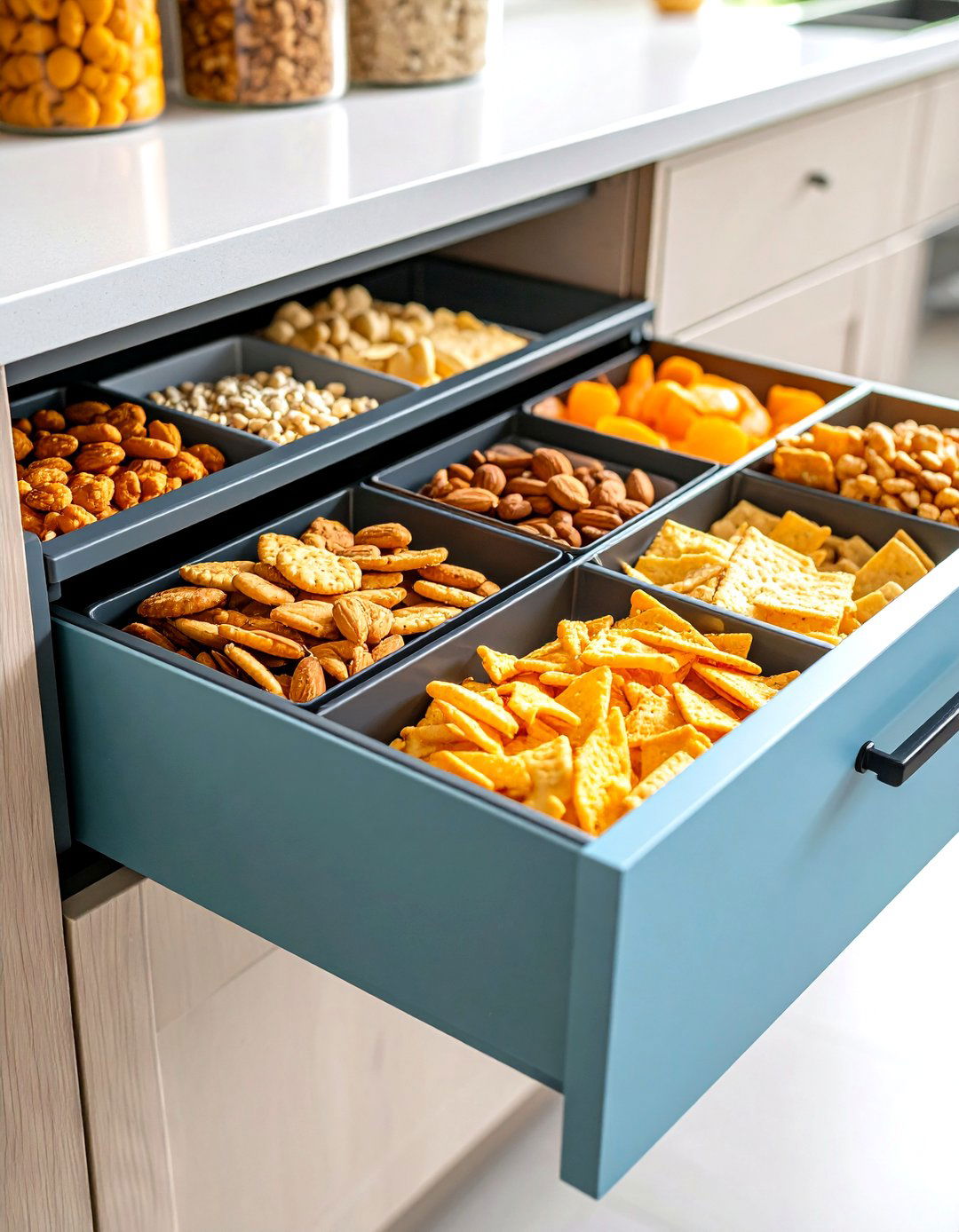
Designate a low drawer as a snack station, using small bins and adjustable dividers to corral granola bars, chips, and single-serve treats. Label each bin for quick identification, and group healthy options together to encourage better snacking habits. This system keeps snacks out of sight yet fully organized, preventing pantry shelves from becoming overstuffed with random bags. Frequent-use items at the front minimize opening time, while deeper sections can store overflow or bulk packages.
12. Narrow Drawers for Knives and Scissors
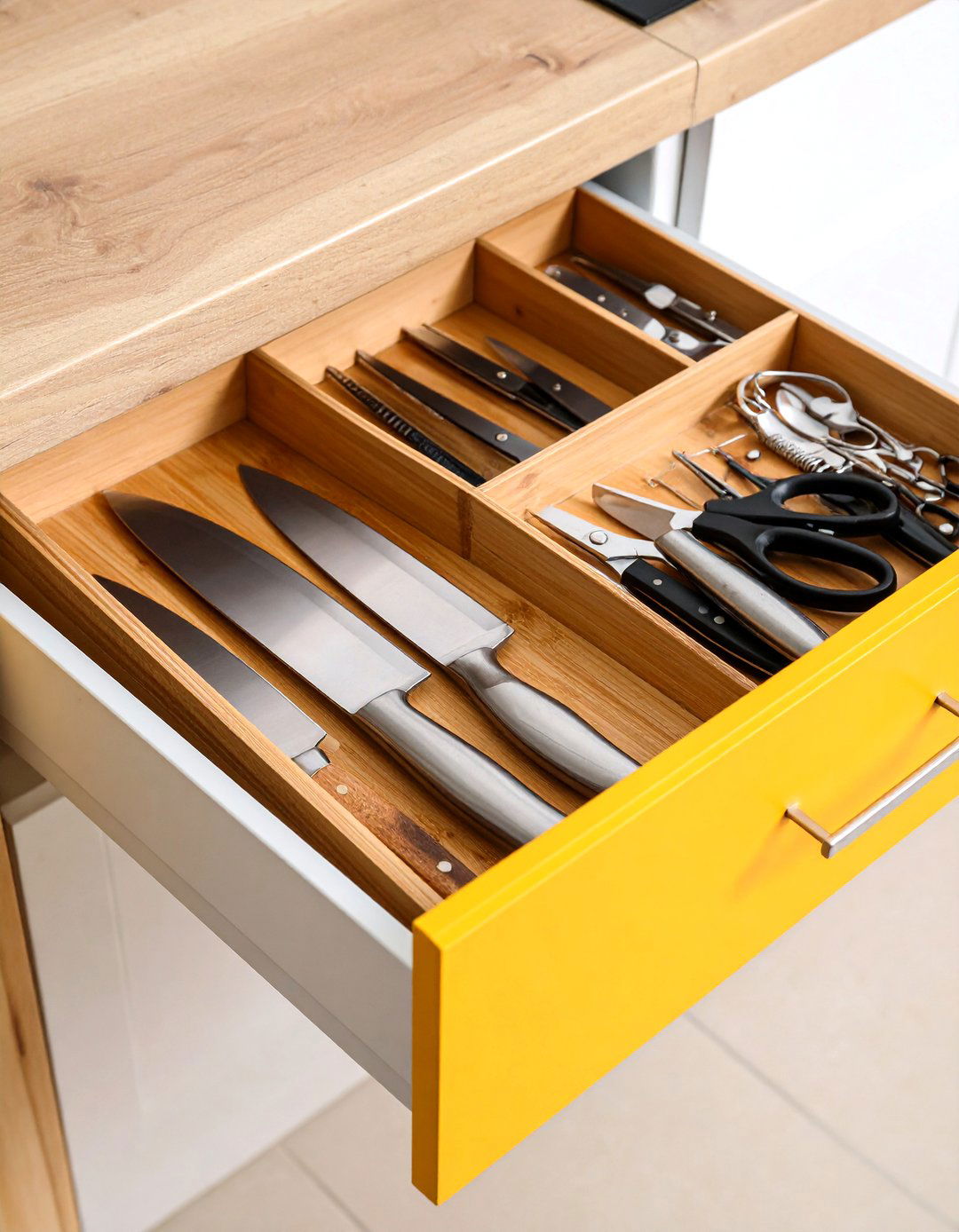
Ultra-narrow drawers—often installed between larger cabinets—make perfect knife storage zones. Add a specialized knife drawer insert or magnetic strip within the drawer to hold blades safely and neatly. This keeps knives away from other utensils, reducing the risk of dulling or accidental cuts. Scissors and small kitchen shears can also share this space, making sharp tools instantly accessible without occupying prime drawer real estate.
13. Pantry Door Storage
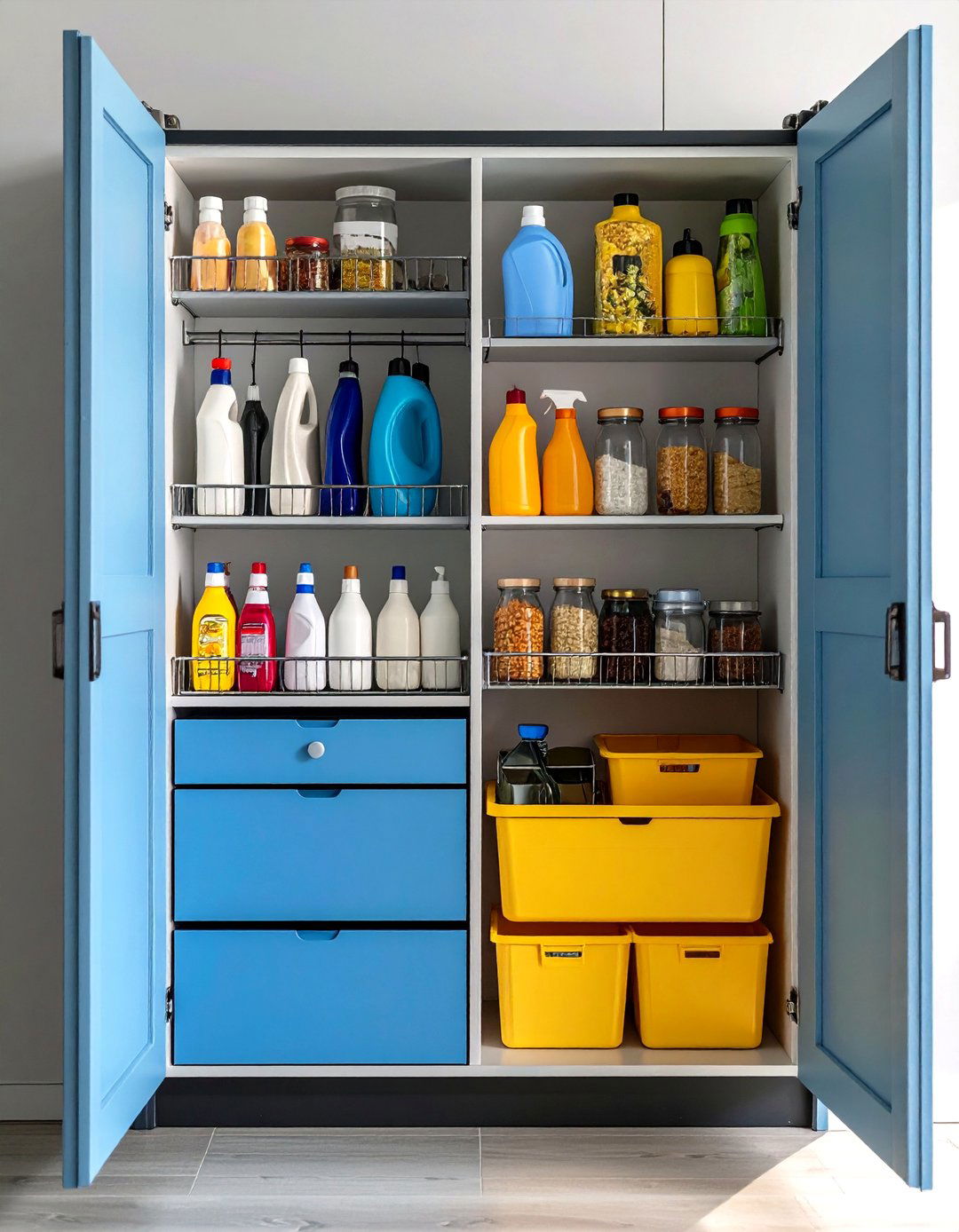
The back of a pantry door offers prime space for slim racks or pockets to store cleaning supplies, wrap, or small kitchen items. Install over-the-door organizers with clear pockets for items like brooms, lint rollers, and spray bottles. Alternatively, attach narrow metal racks for canned goods or spices. This hidden yet accessible area transforms wasted door space into functional storage, keeping bulkier pantry shelves free for food and small appliances.
14. Stacking Lazy Susans for Vertical Efficiency
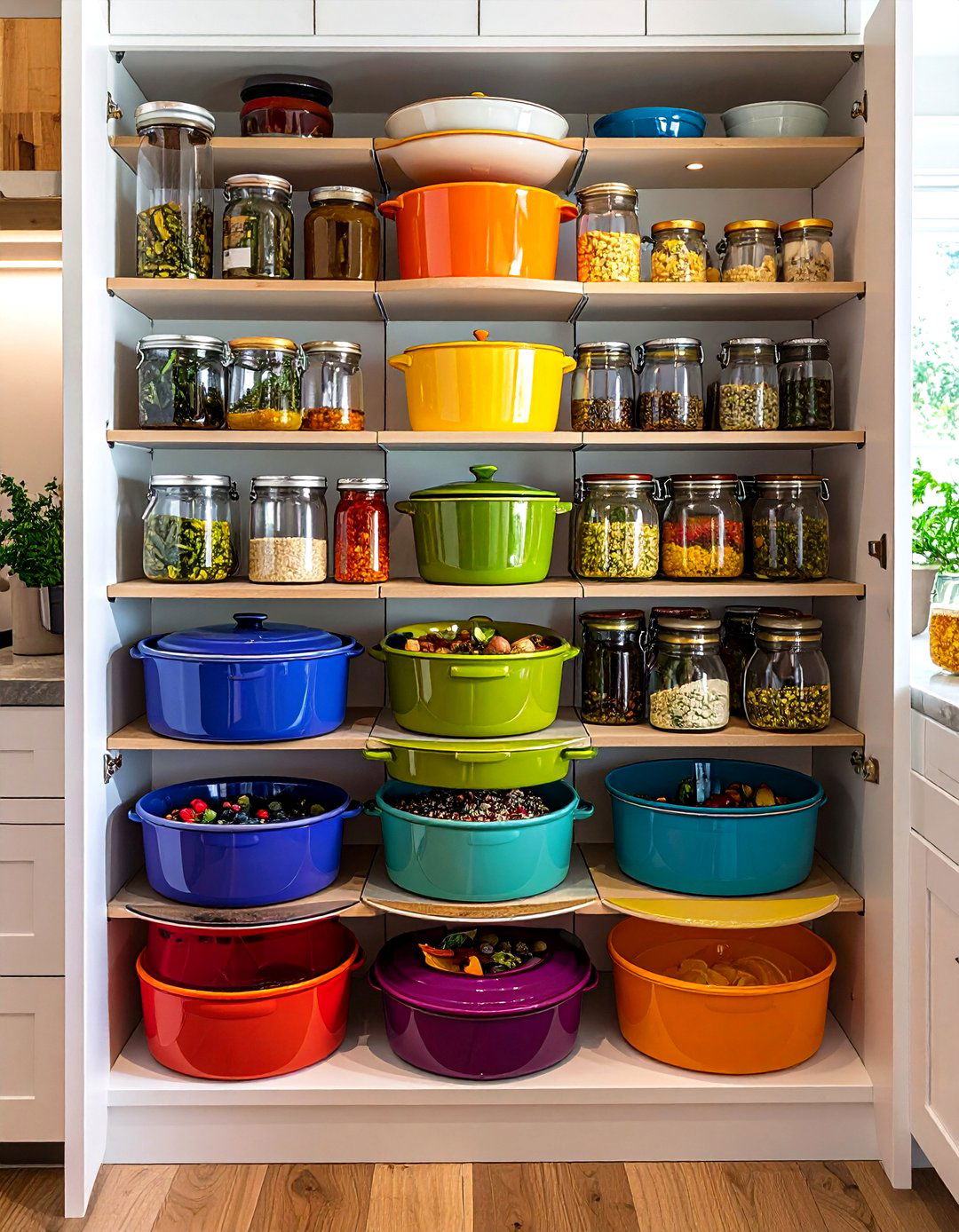
Stacking two lazy Susans creates layered rotating storage within tall cabinets or shelves with unused vertical space. By placing one turntable atop another, you double capacity for oils, condiments, or small pantry items without compromising accessibility. Look for stackable models with locking mechanisms to prevent slips, and vary diameters to fit different cabinet depths. Stacking keeps like items—such as baking ingredients or snacks—grouped together and easy to locate.
15. High Shelves Up to the Ceiling
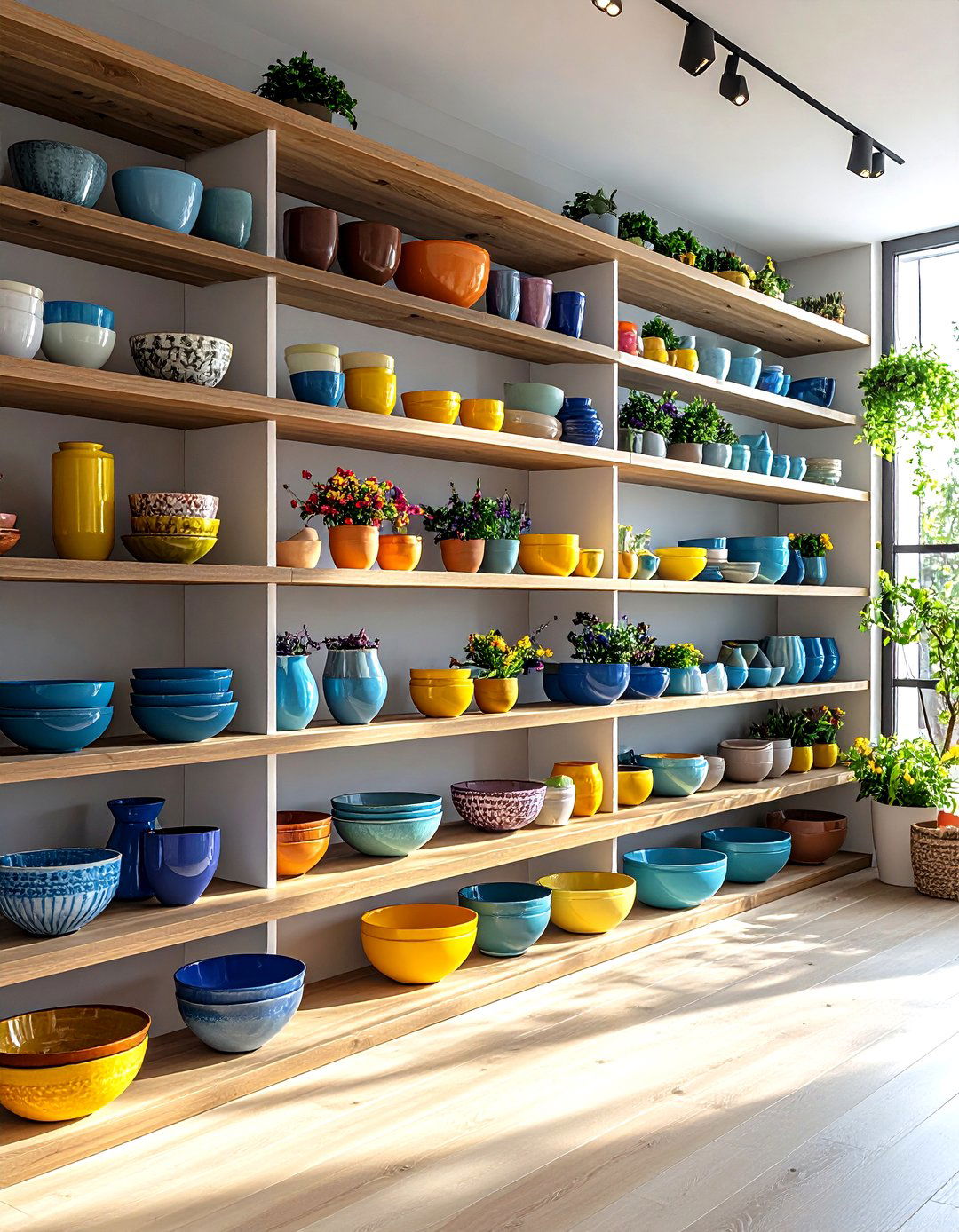
Extending shelves all the way to the ceiling capitalizes on vertical space in small kitchens. Use a step stool or small ladder to access less frequent-use items stored on uppermost shelves. Display decorative bowls or seasonal serveware up high, while keeping everyday necessities within easy reach. This strategy not only boosts storage capacity but also draws the eye upward, creating the illusion of a taller, more spacious room.
16. Tiny Cabinet Nooks on Sides
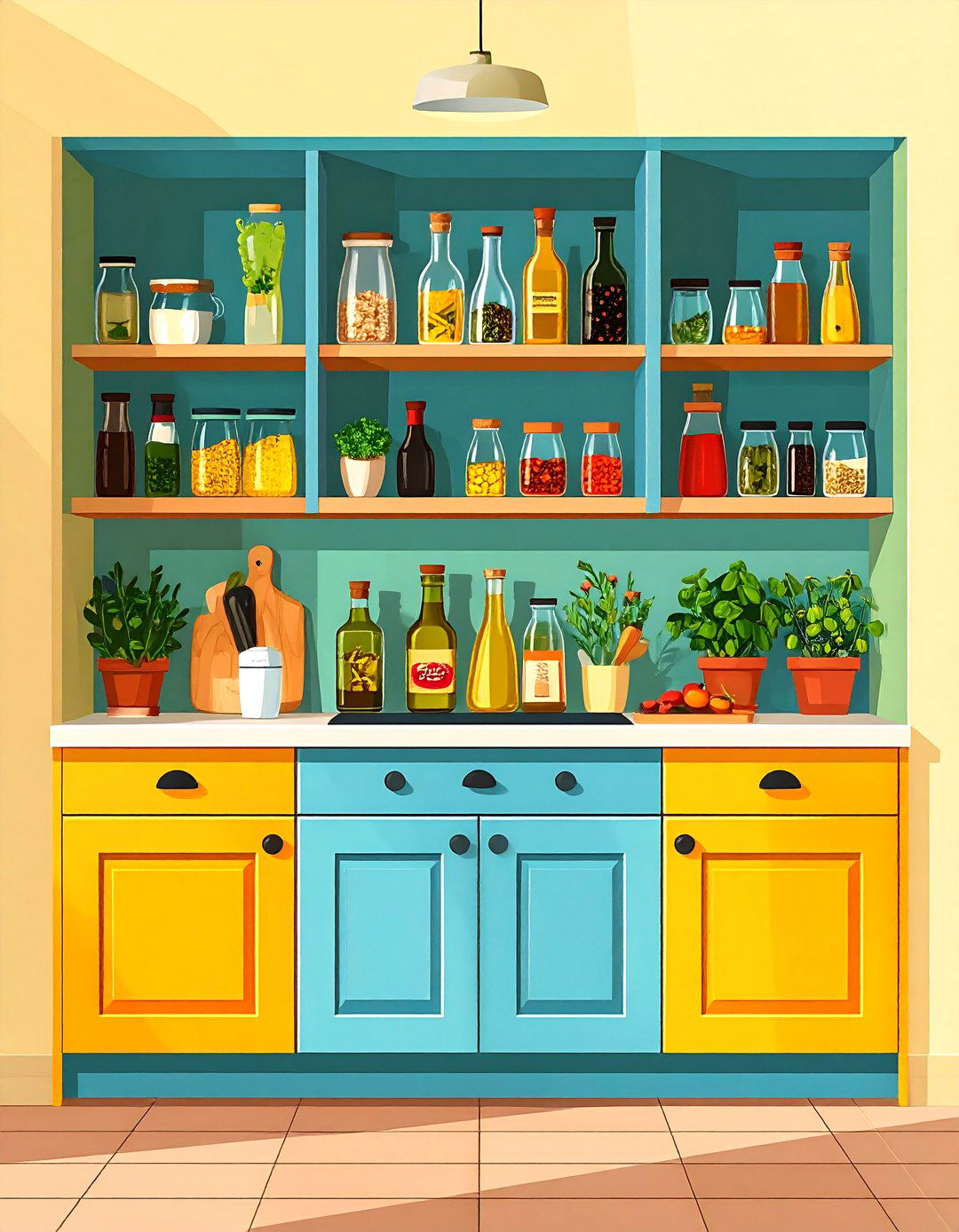
Carve out or install small recessed nooks on the ends of cabinetry runs to hold essentials like olive oil, salt, or coffee. These shallow cubbies utilize often-overlooked side panels and can be framed with decorative trim for a built-in appearance. Position the nook near your prep zone to keep frequently used items instantly accessible. Even a two-inch-deep shelf adds valuable real estate in a cramped layout, blending seamlessly with custom cabinetry designs.
17. Island Storage on Both Sides
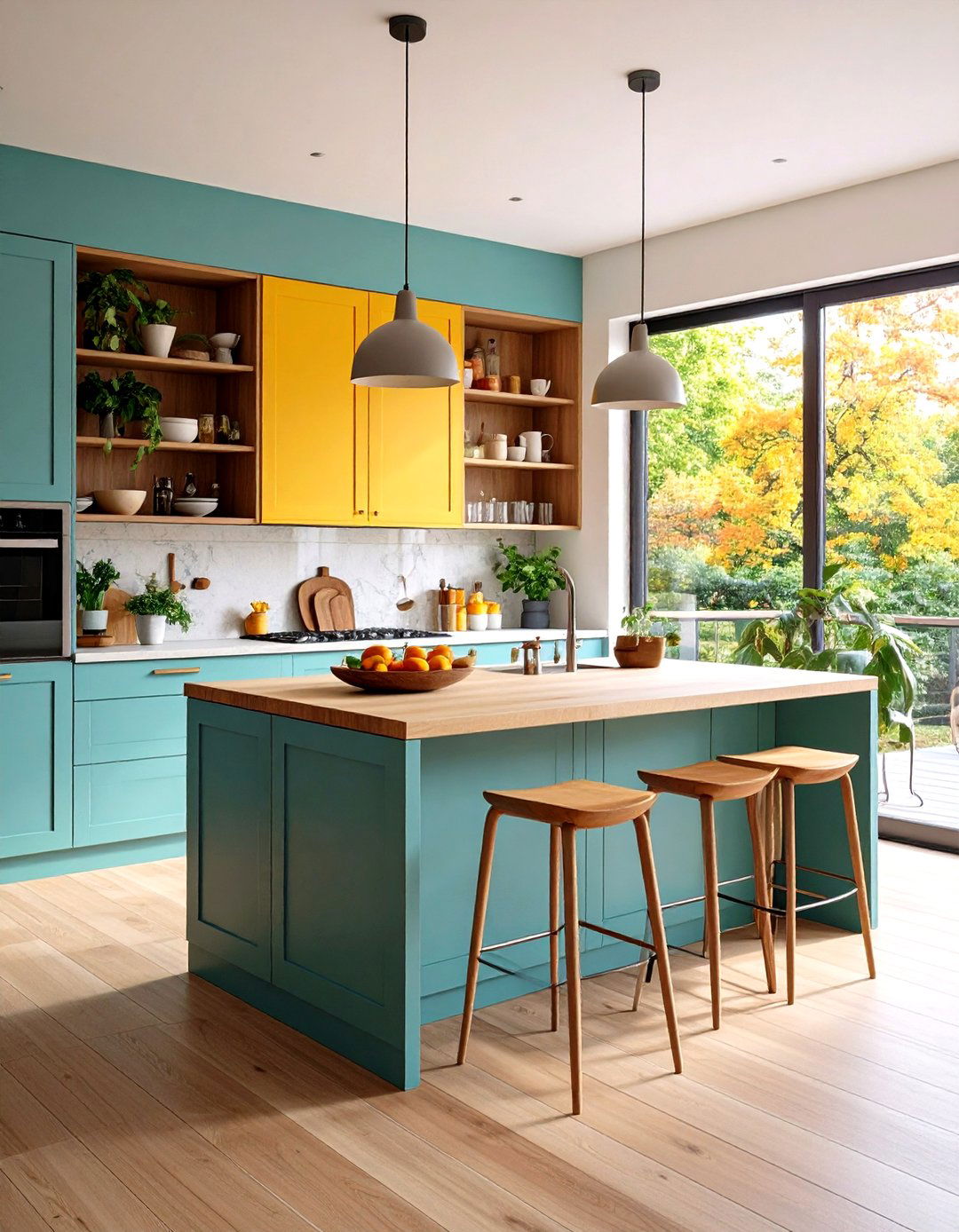
A kitchen island with cabinets or open shelves on both faces provides dual-purpose storage for cookbooks, prep bowls, and small appliances. Incorporate cubbies or pull-out baskets on the side facing the main cooking area, and use the rear for seating-area storage—like placemats, napkins, or serving dishes. This multifunctional approach maximizes every inch of island real estate, supporting both preparation and dining needs in one centralized piece.
18. Built-In Spice Ledge Shelf
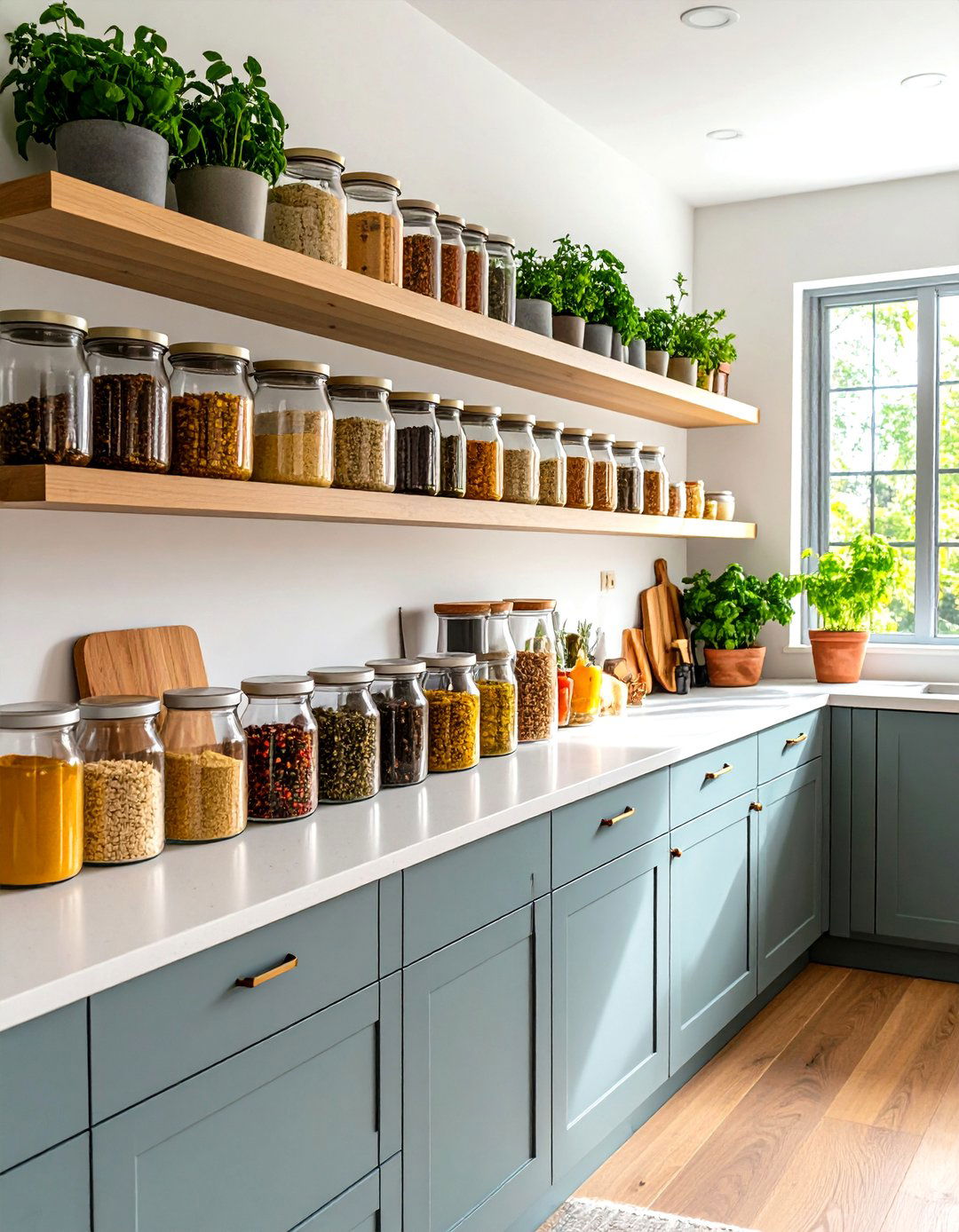
A shallow ledge—just a few inches deep—mounted on a backsplash or wall offers a tidy home for spice jars. Position the ledge near the stove for quick seasoning access while cooking. Choose a metal or wood shelf that complements your kitchen’s aesthetic and install it at eye level to maximize visibility. A dedicated spice ledge frees counter and cabinet space, ensuring your most-used seasonings are always at hand without cluttering other areas.
19. Window Sill Storage for Plants and Produce
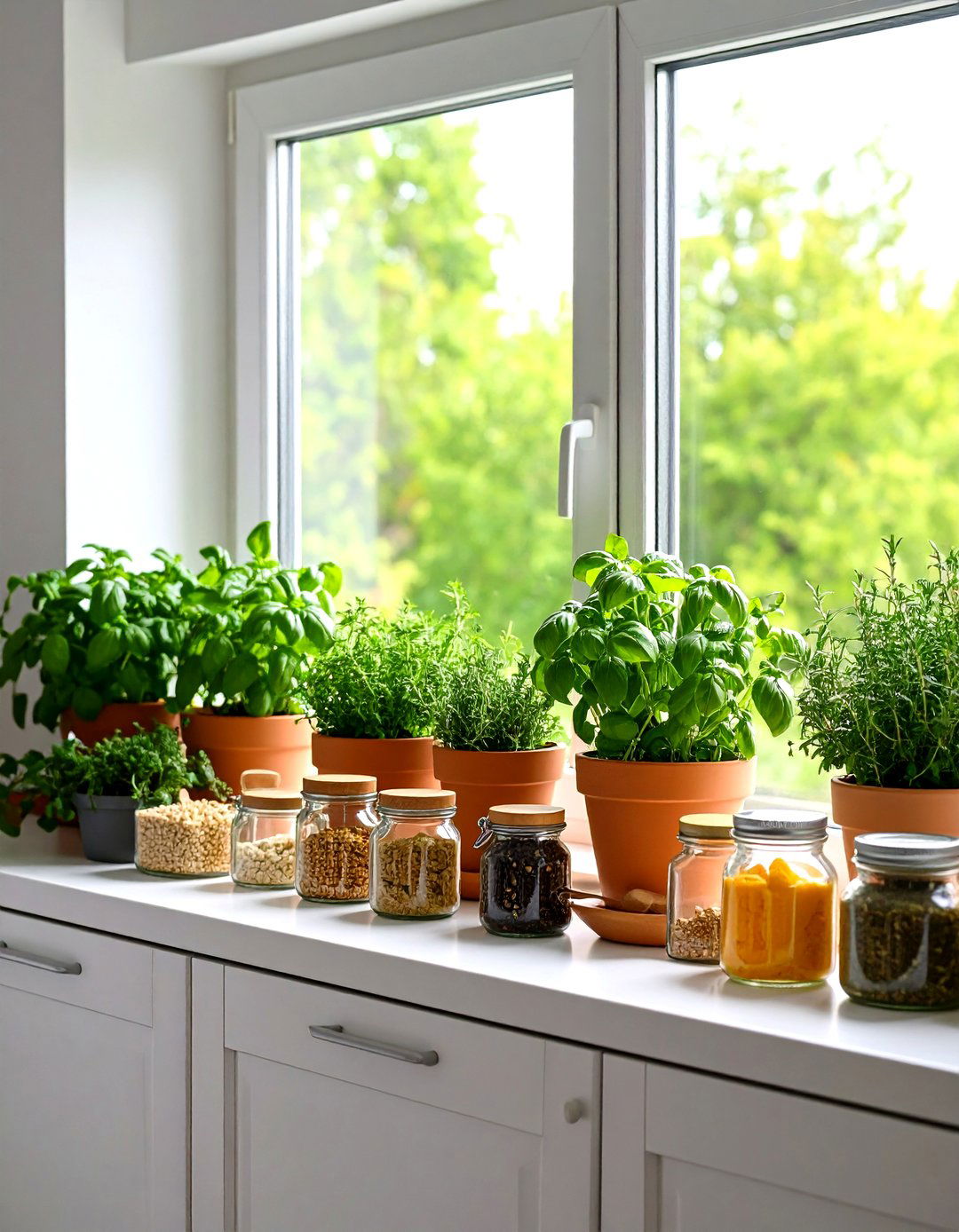
Wide window sills provide extra surface area for small potted herbs, fruits, or decorative bowls. By situating jars of frequently used ingredients—like salt, sugar, or oil—on the sill, you gain convenience without encroaching on countertop space. Herb pots thrive with natural light, adding greenery and fragrance to the kitchen. Ensure proper pot drainage to protect sill surfaces, and rotate plants periodically for even growth.
20. Standalone Cabinets or Bookcases
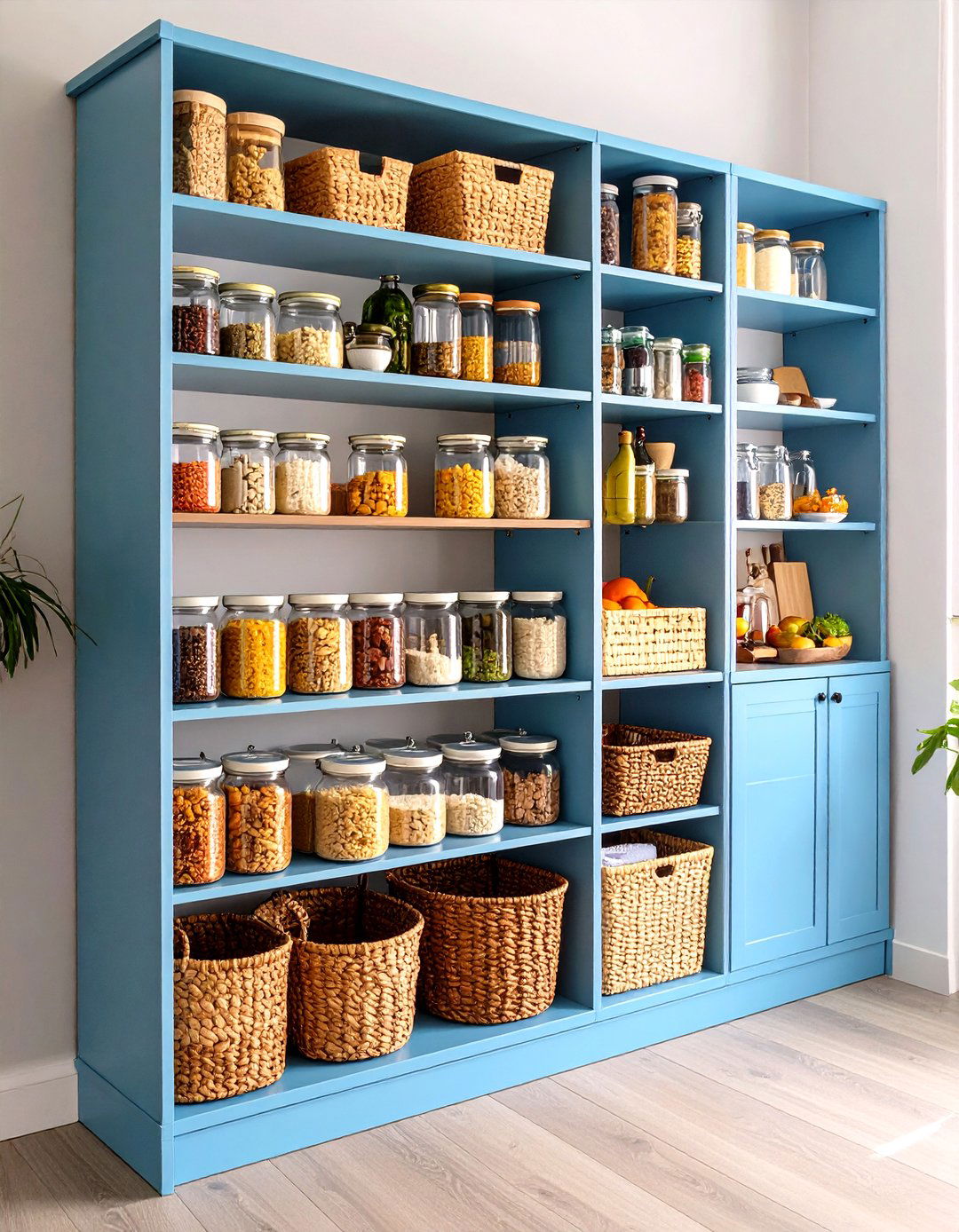
In the absence of a built-in pantry, repurpose a tall, narrow bookcase or standalone cabinet to store dry goods and dishware. Customize shelves with baskets or clear containers for bulk items, and use labeled jars for grains, pasta, and snacks. A closed-front cabinet hides clutter, while open shelving showcases decorative serveware. Position this piece against a free wall or integrate it into a breakfast nook for added functionality, creating a mature, cohesive storage solution.
Conclusion:
By blending open and closed storage strategies—from rail systems and hooks to cabinets, drawers, and hidden nooks—you can transform a cramped kitchen into an organized, efficient, and visually appealing workspace. These twenty ideas demonstrate that effective small-space solutions don’t require major renovations; simple additions like tension rods, slim baskets, and lazy Susans deliver outsized impact at minimal cost. Whether you prioritize quick-access prep tools or neat pantry arrangements, tailoring these techniques to your cooking habits will optimize every square inch. Embrace creativity and adaptability to make your small kitchen work beautifully for you.


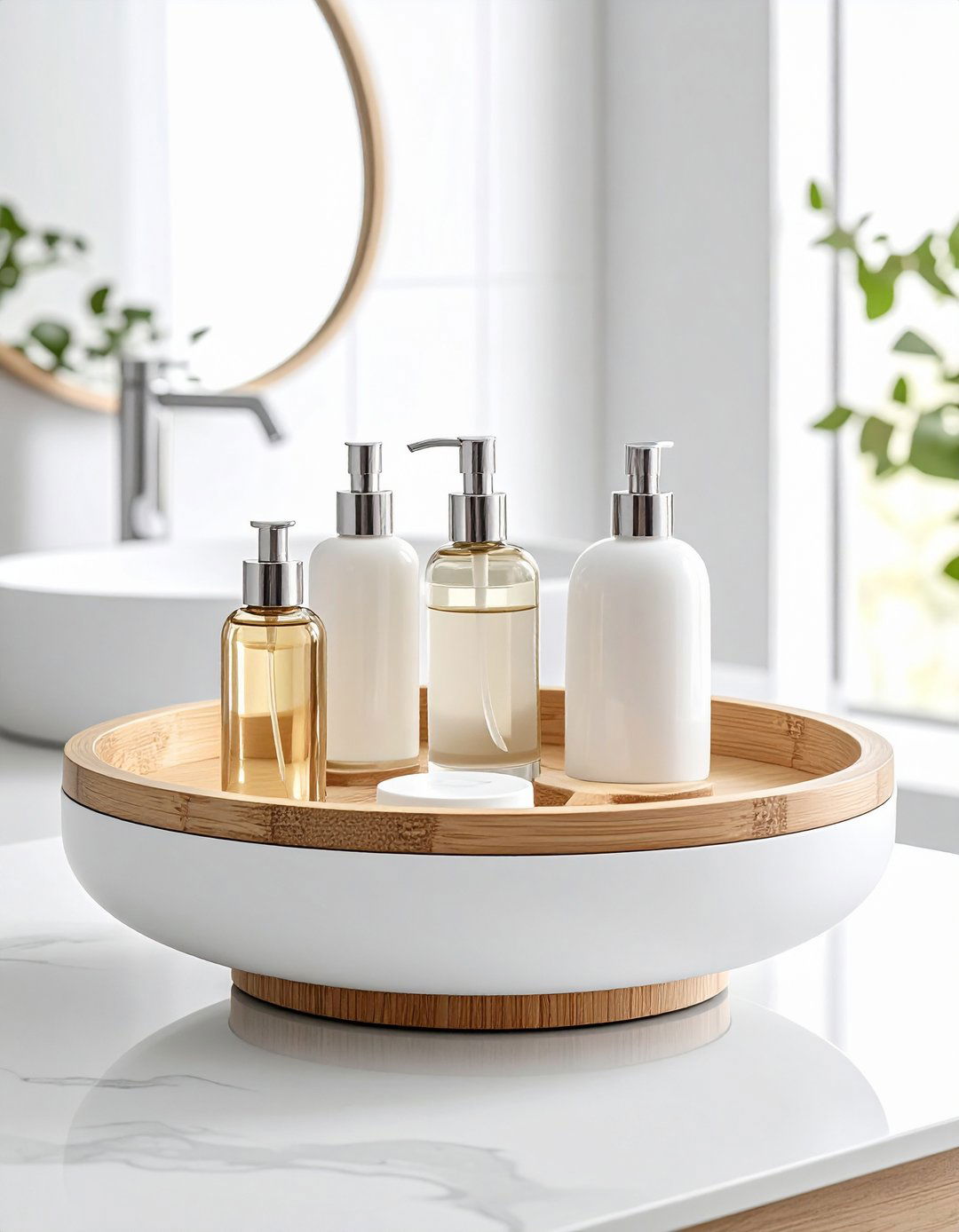

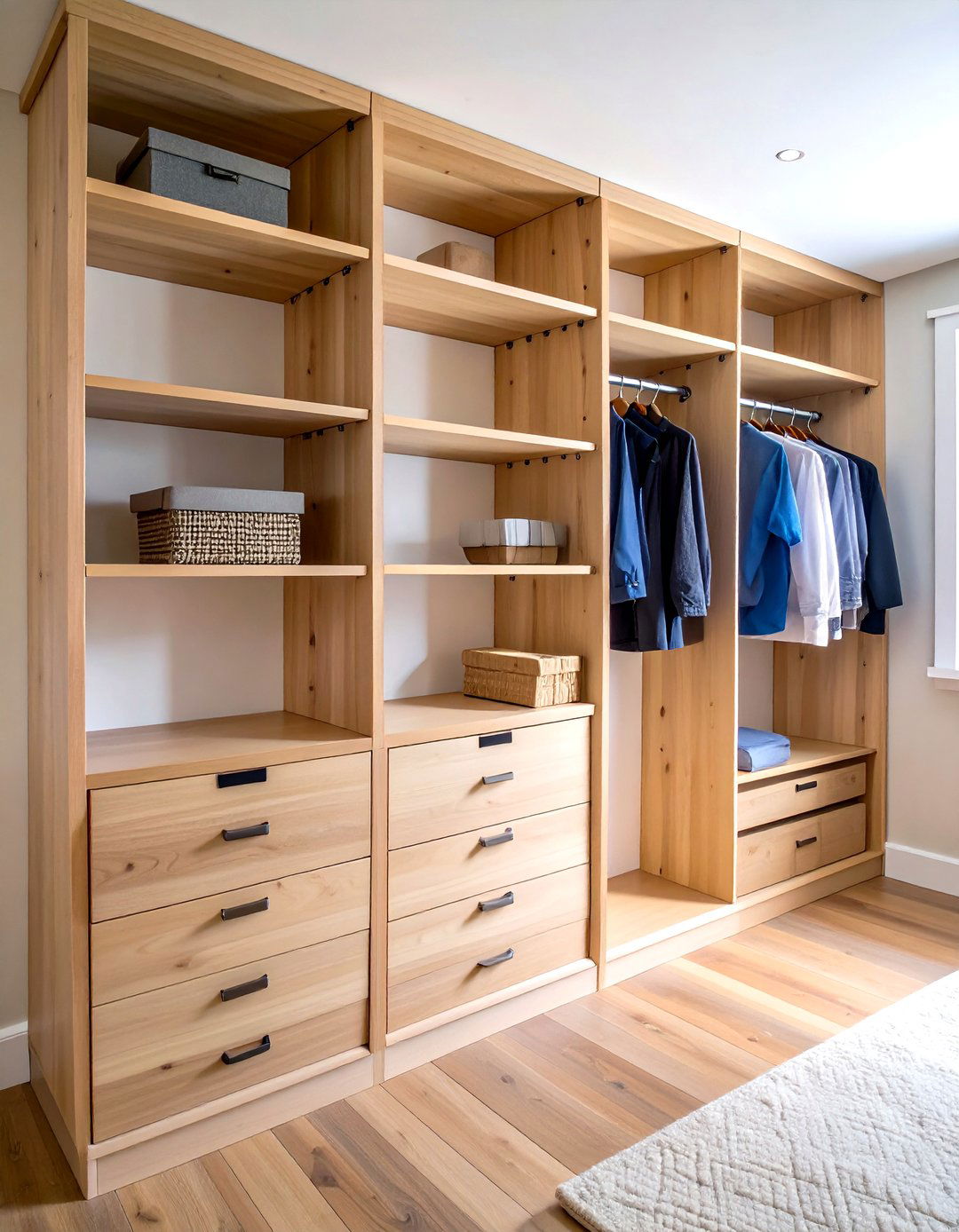
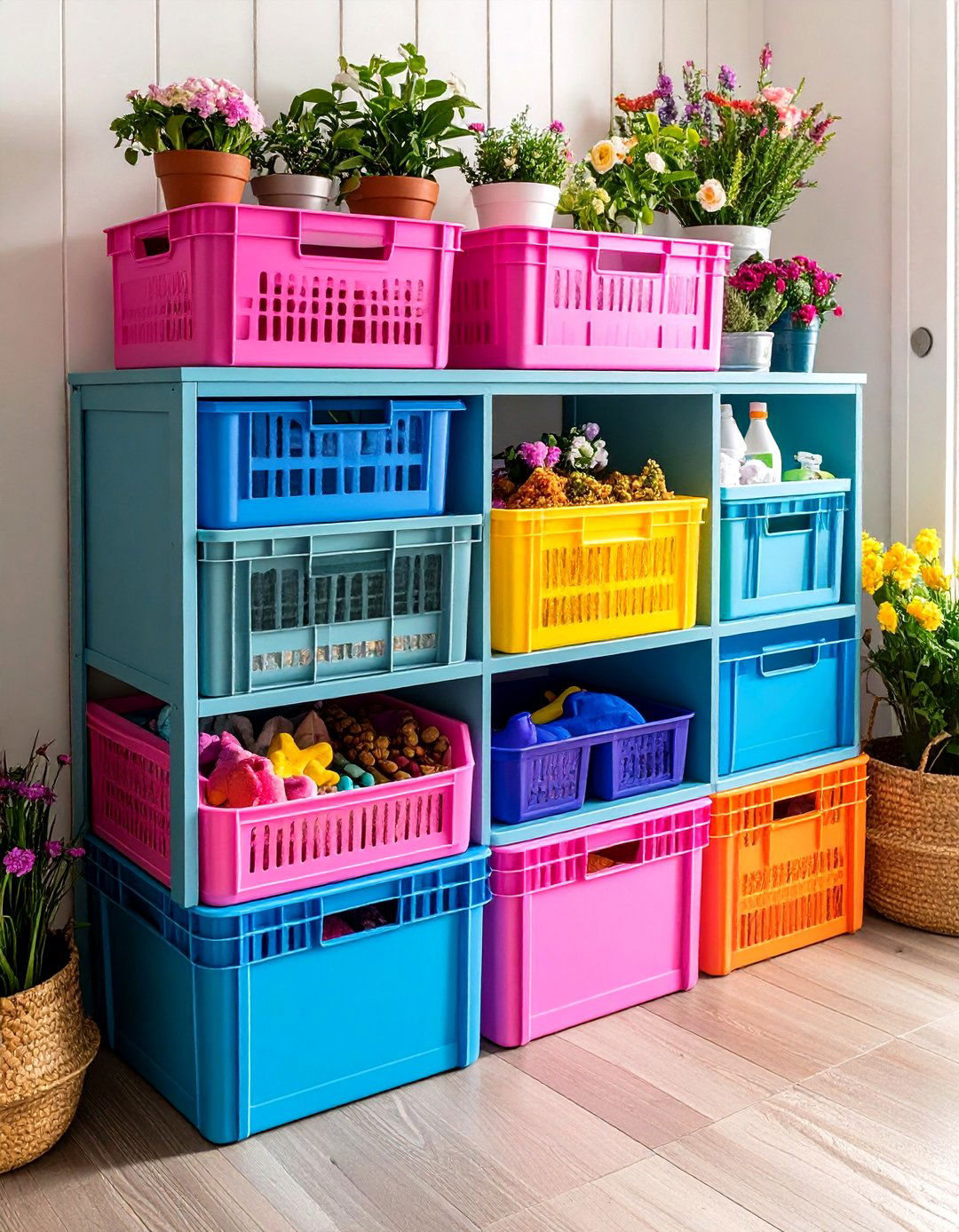
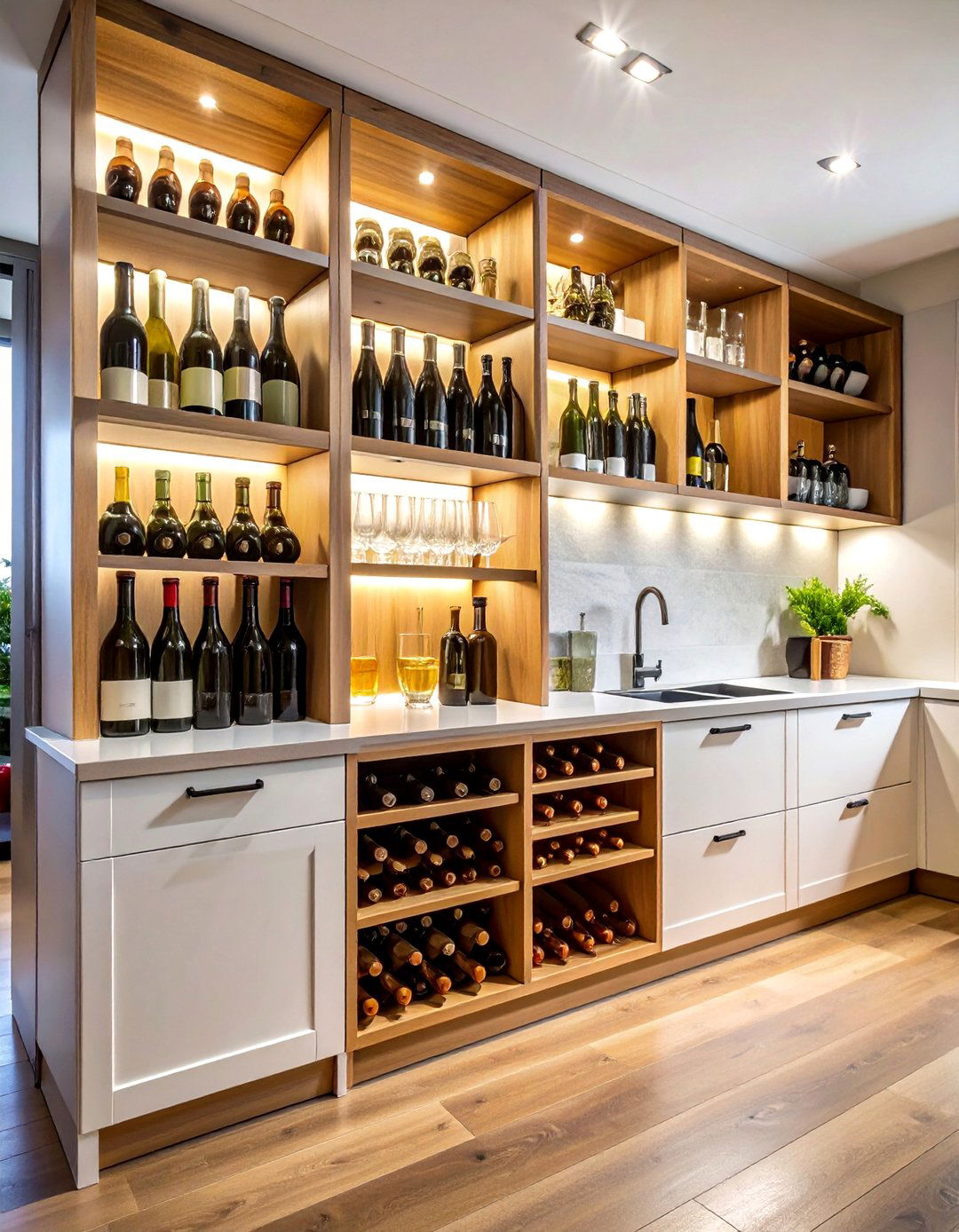
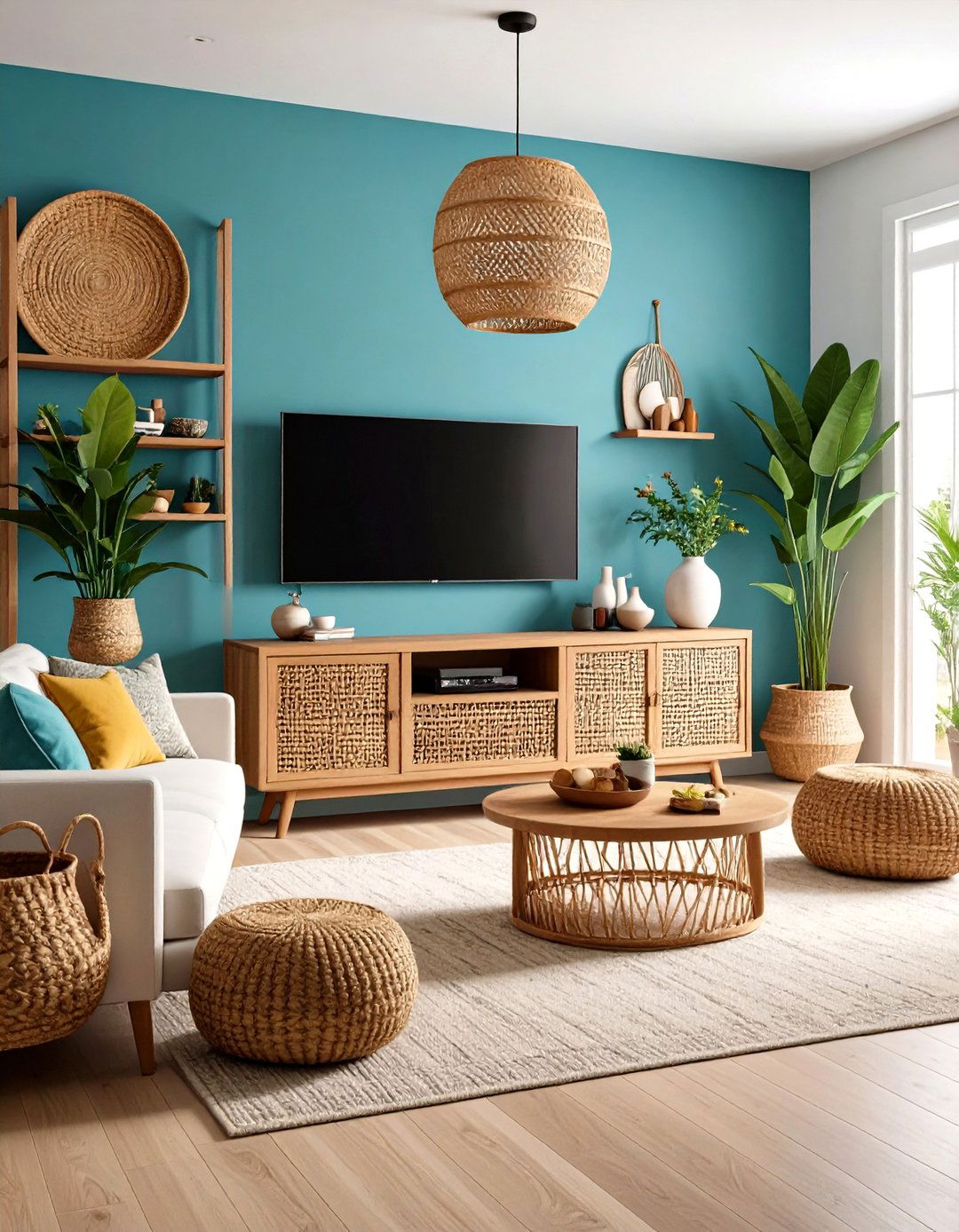
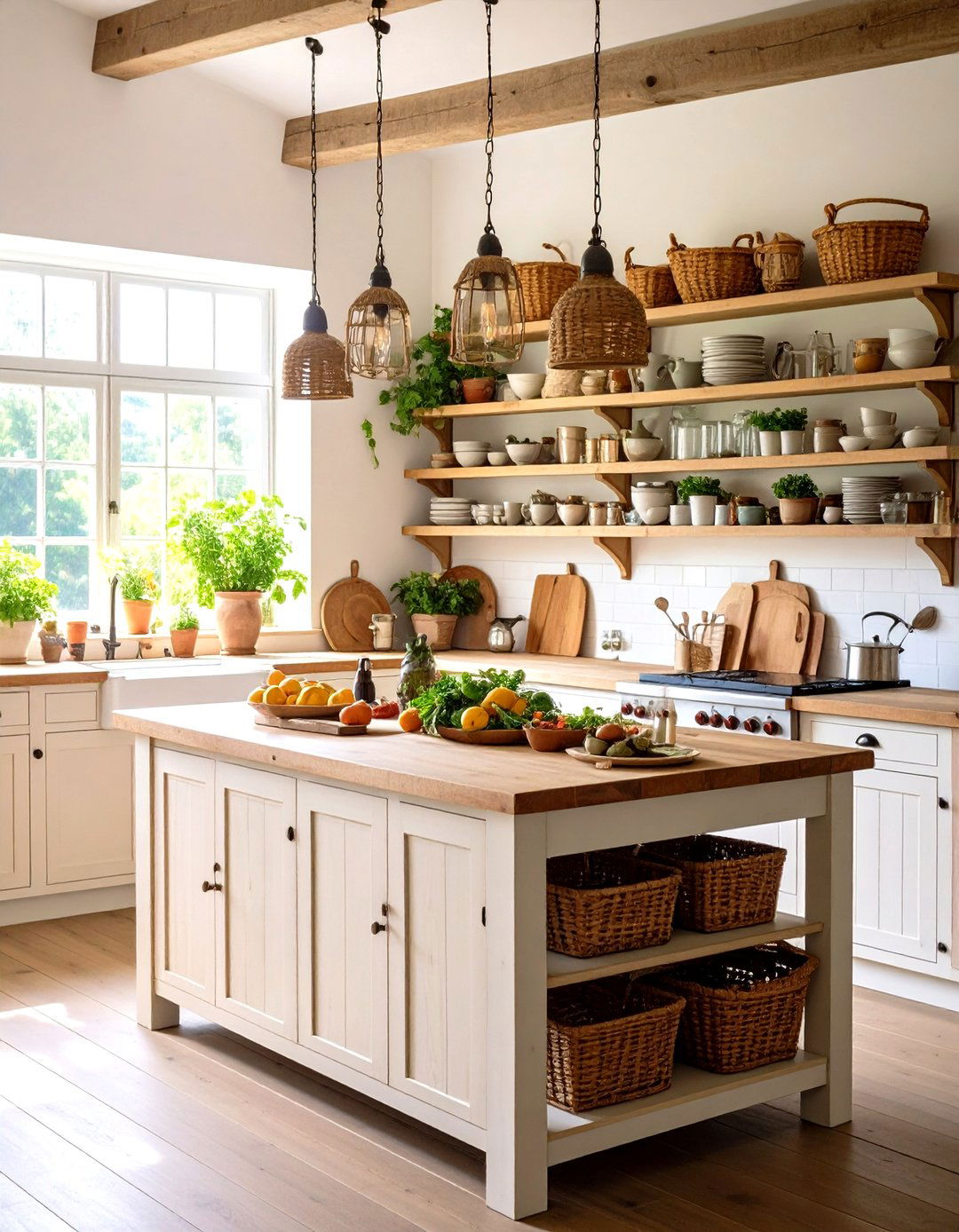
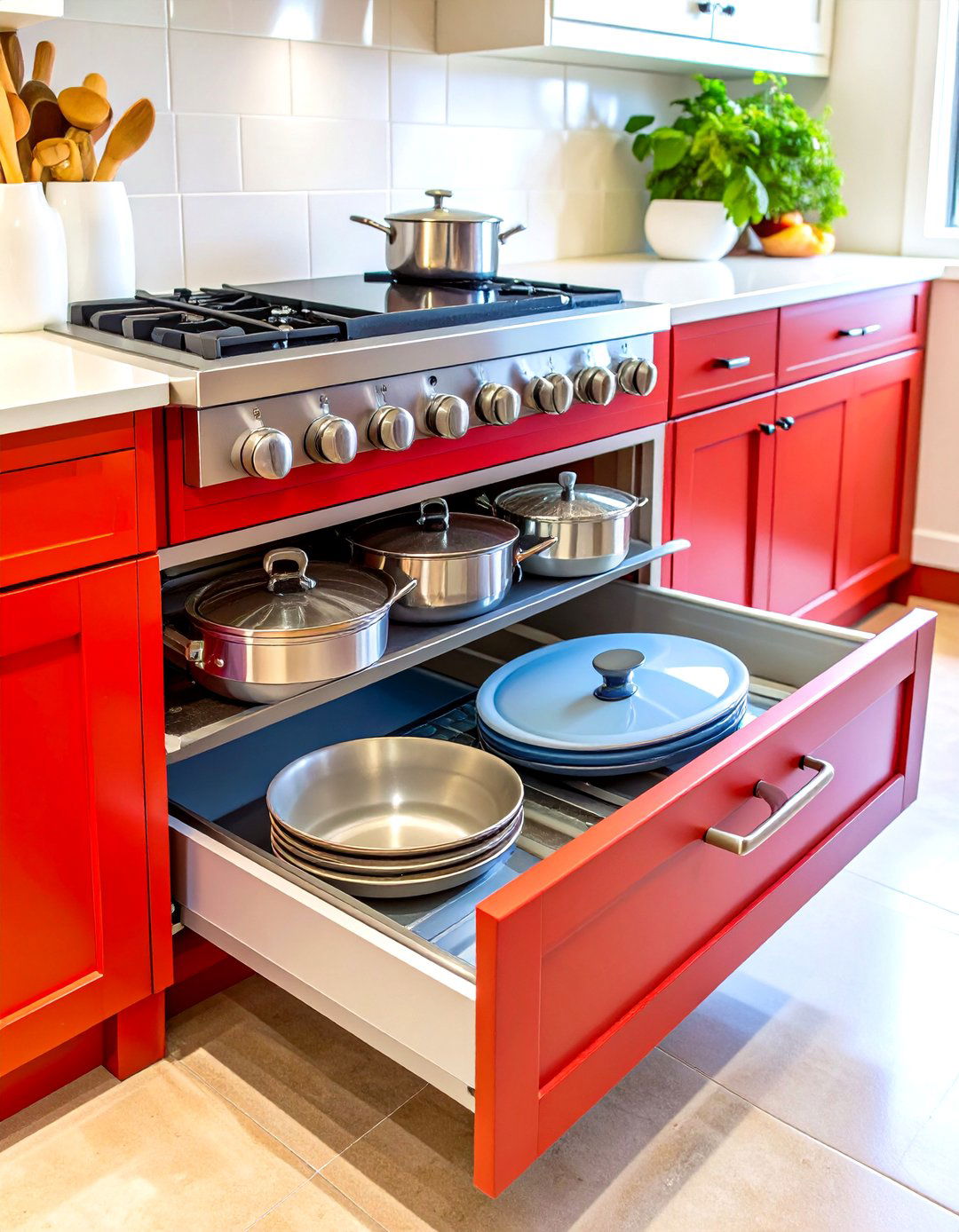
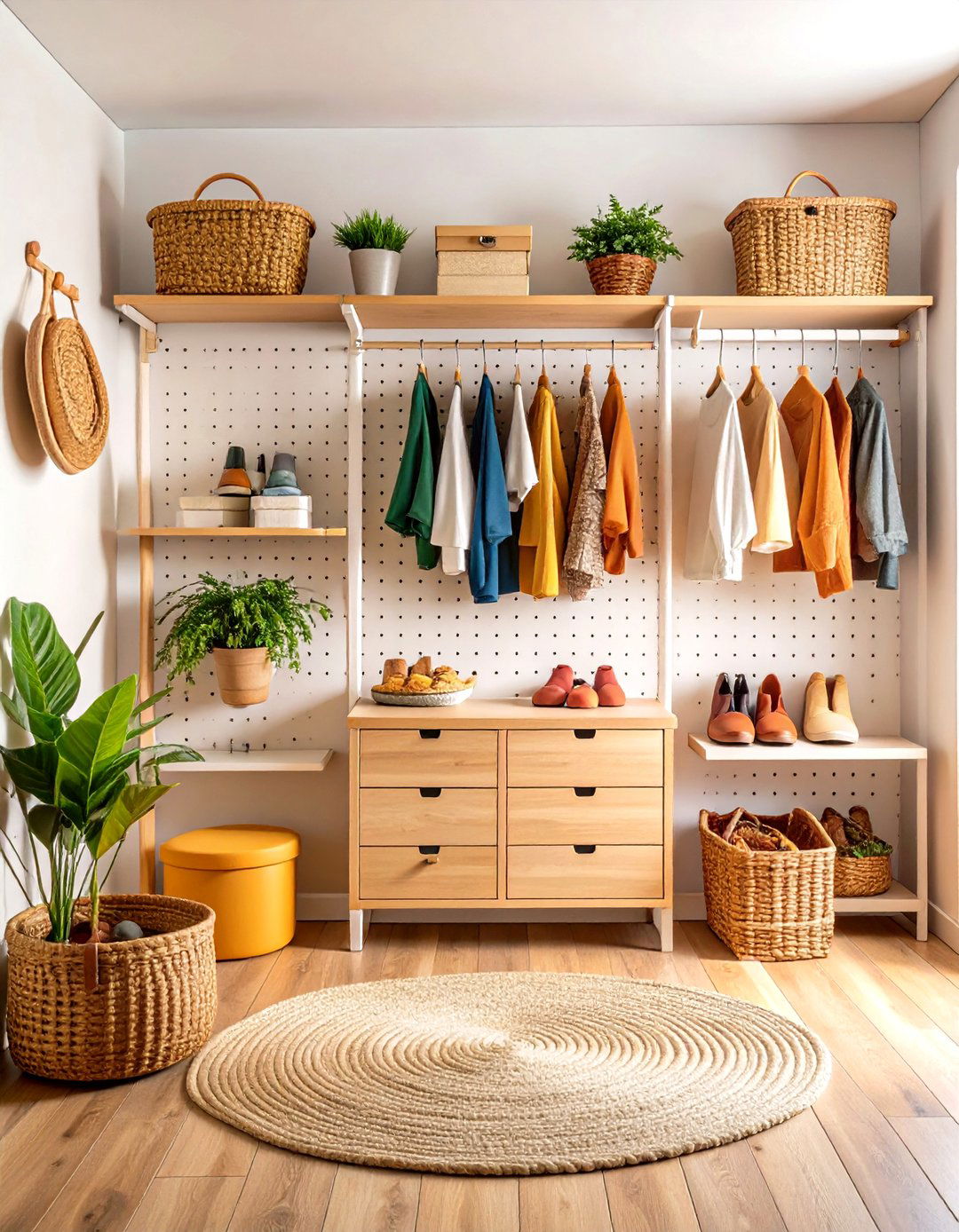
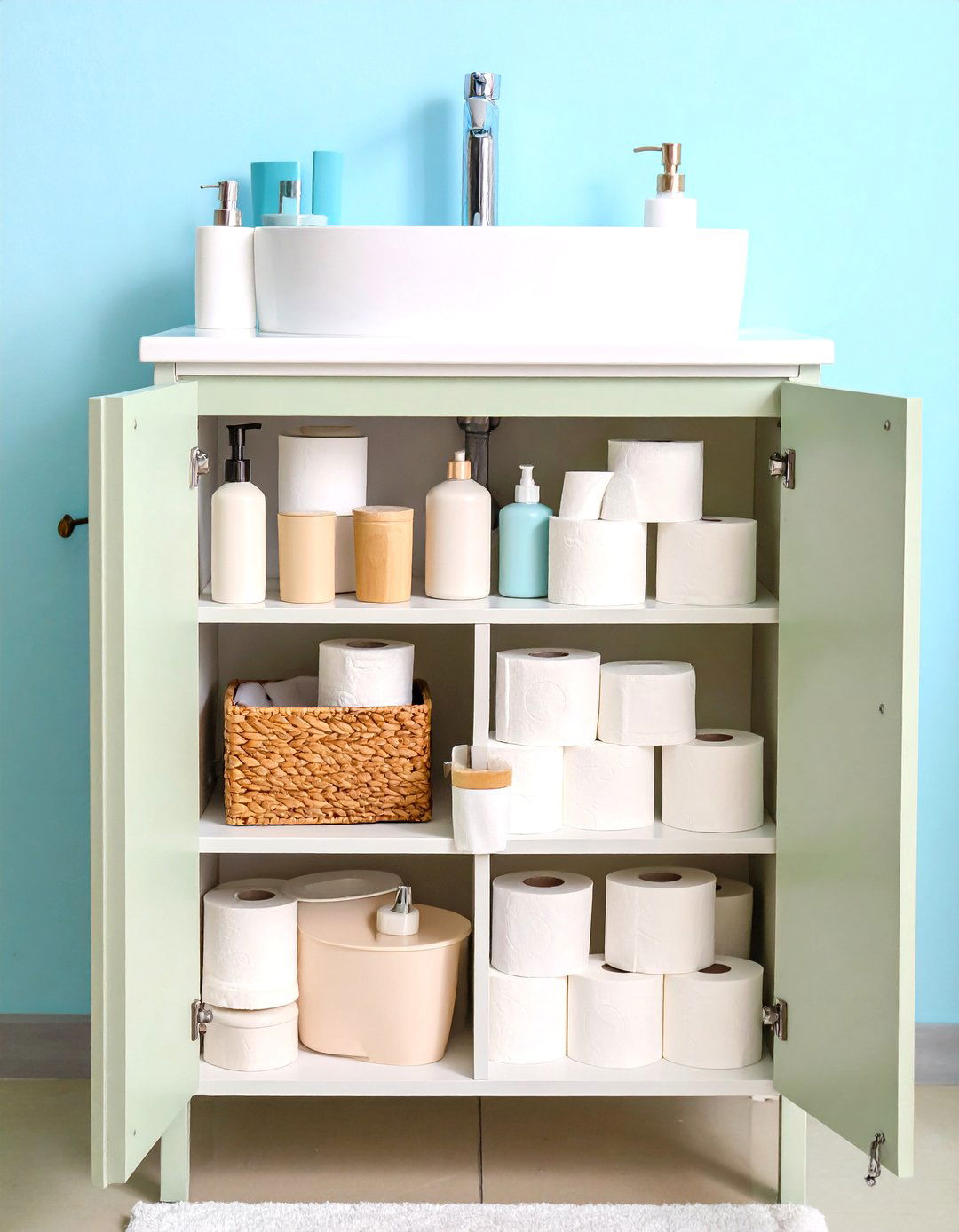
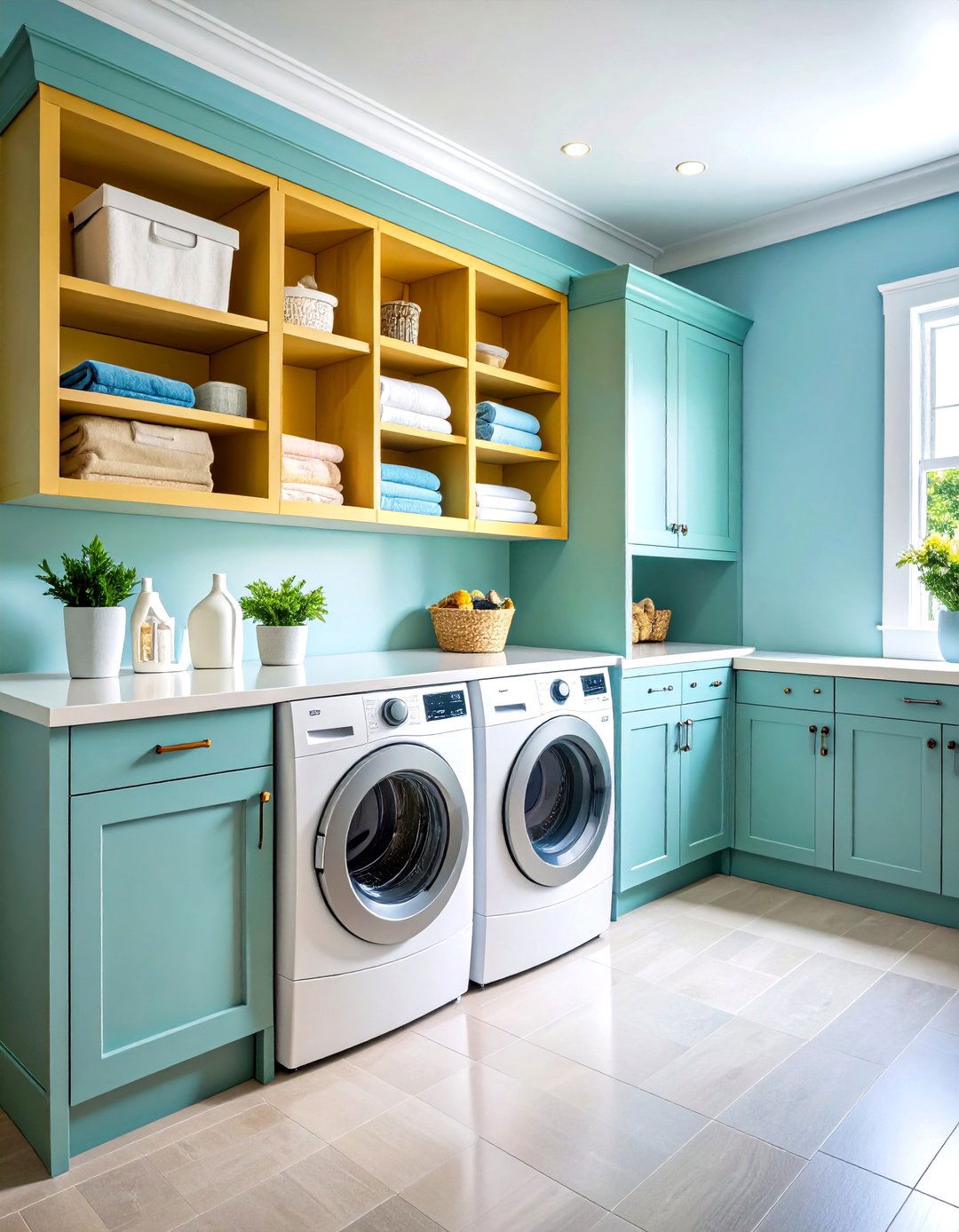
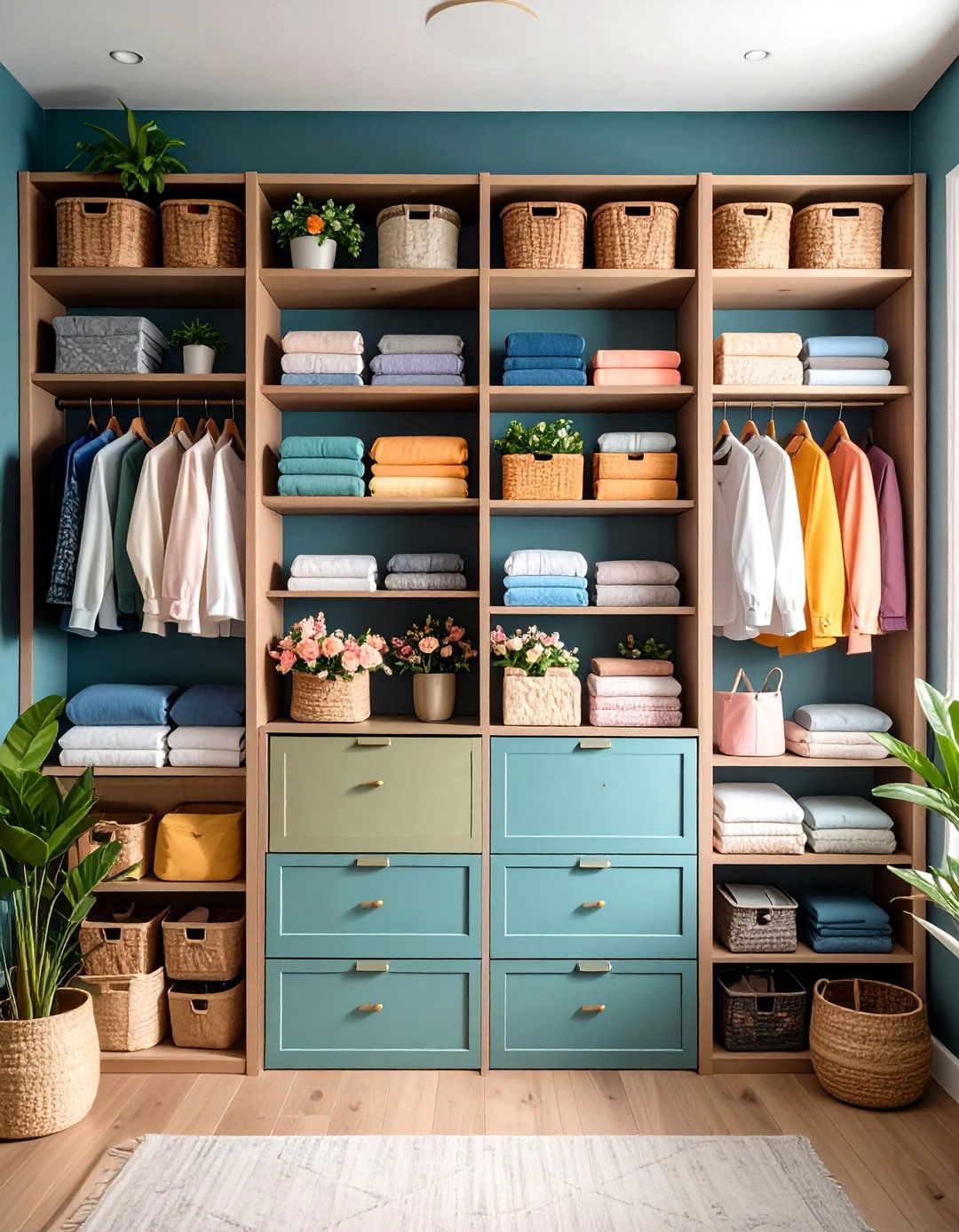
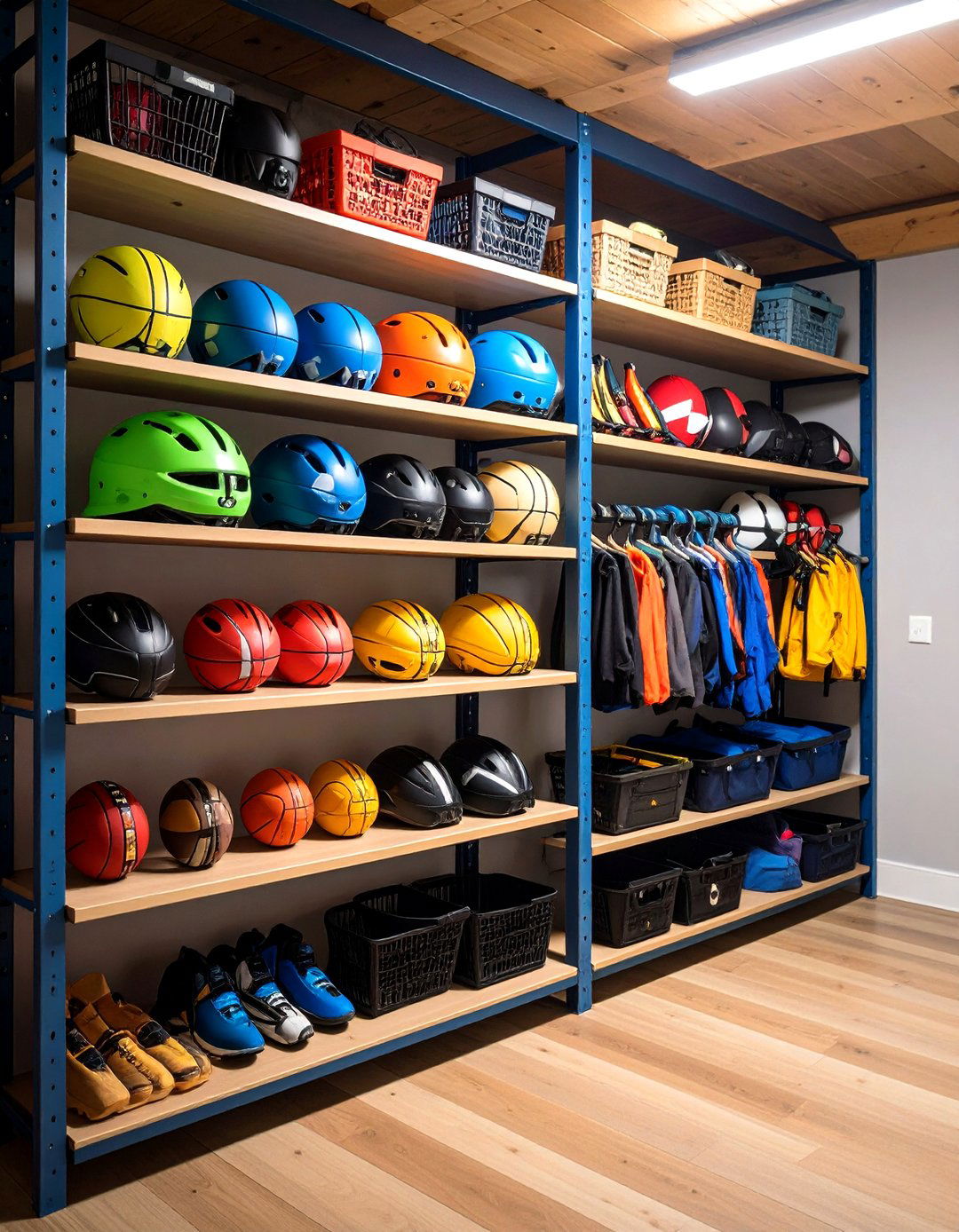
Leave a Reply